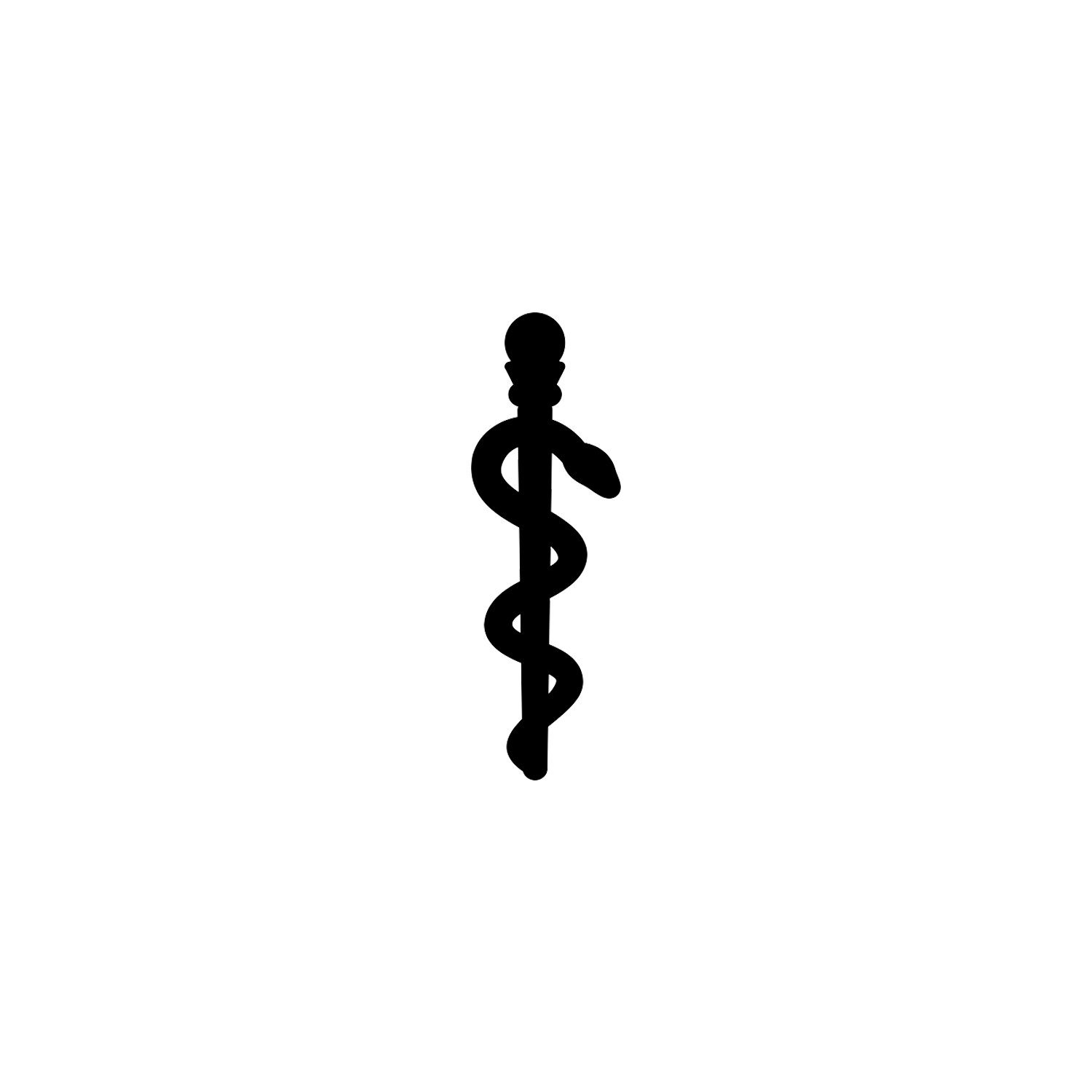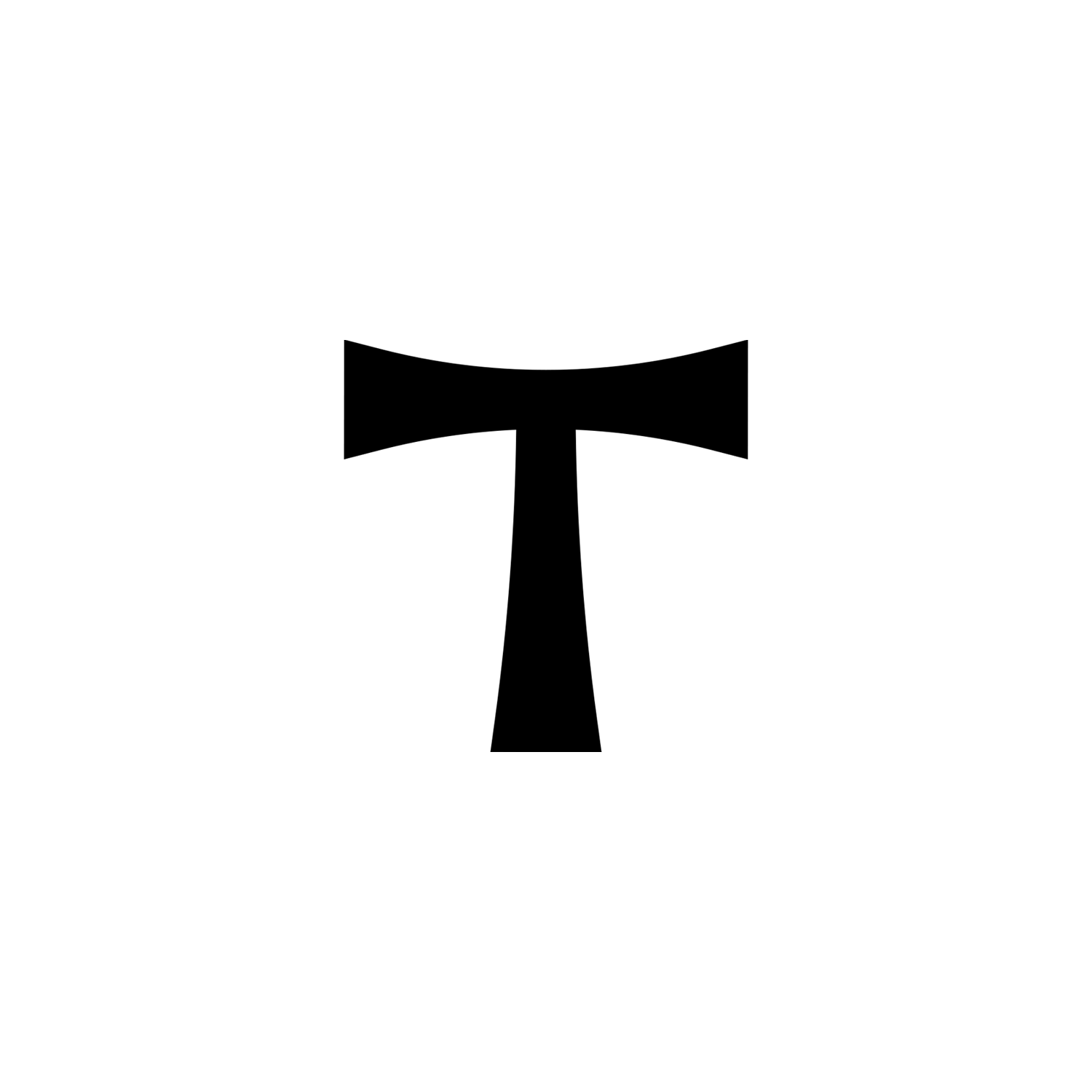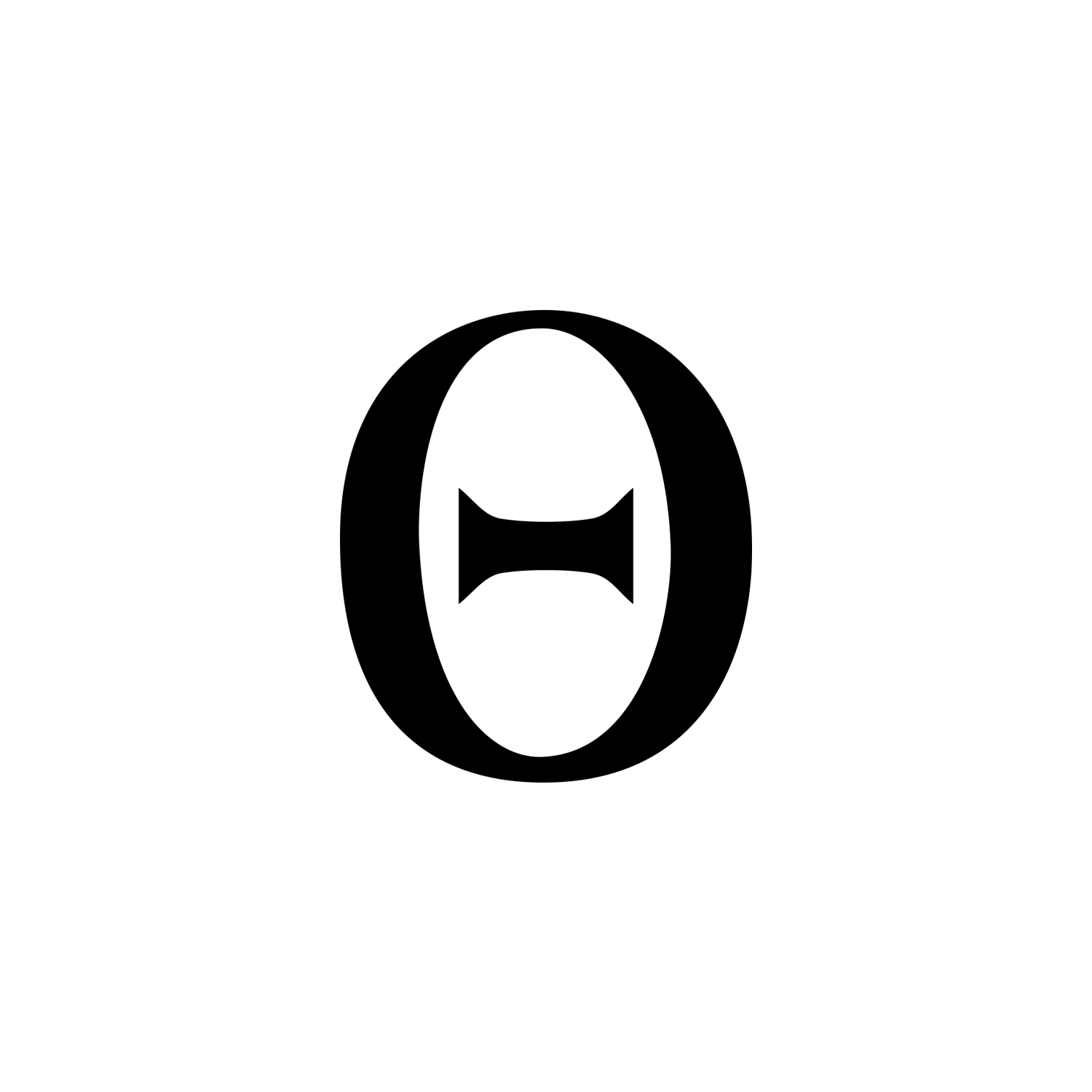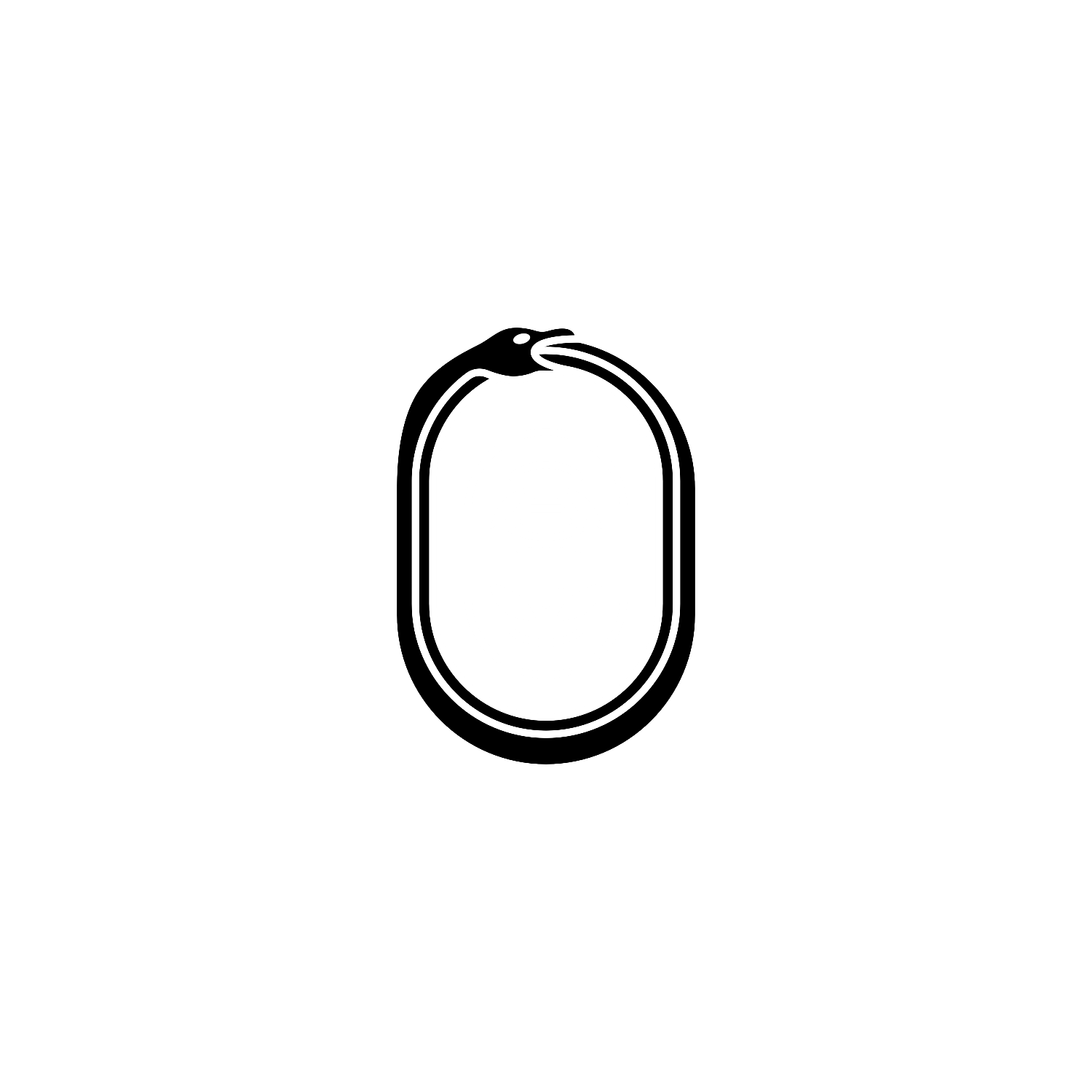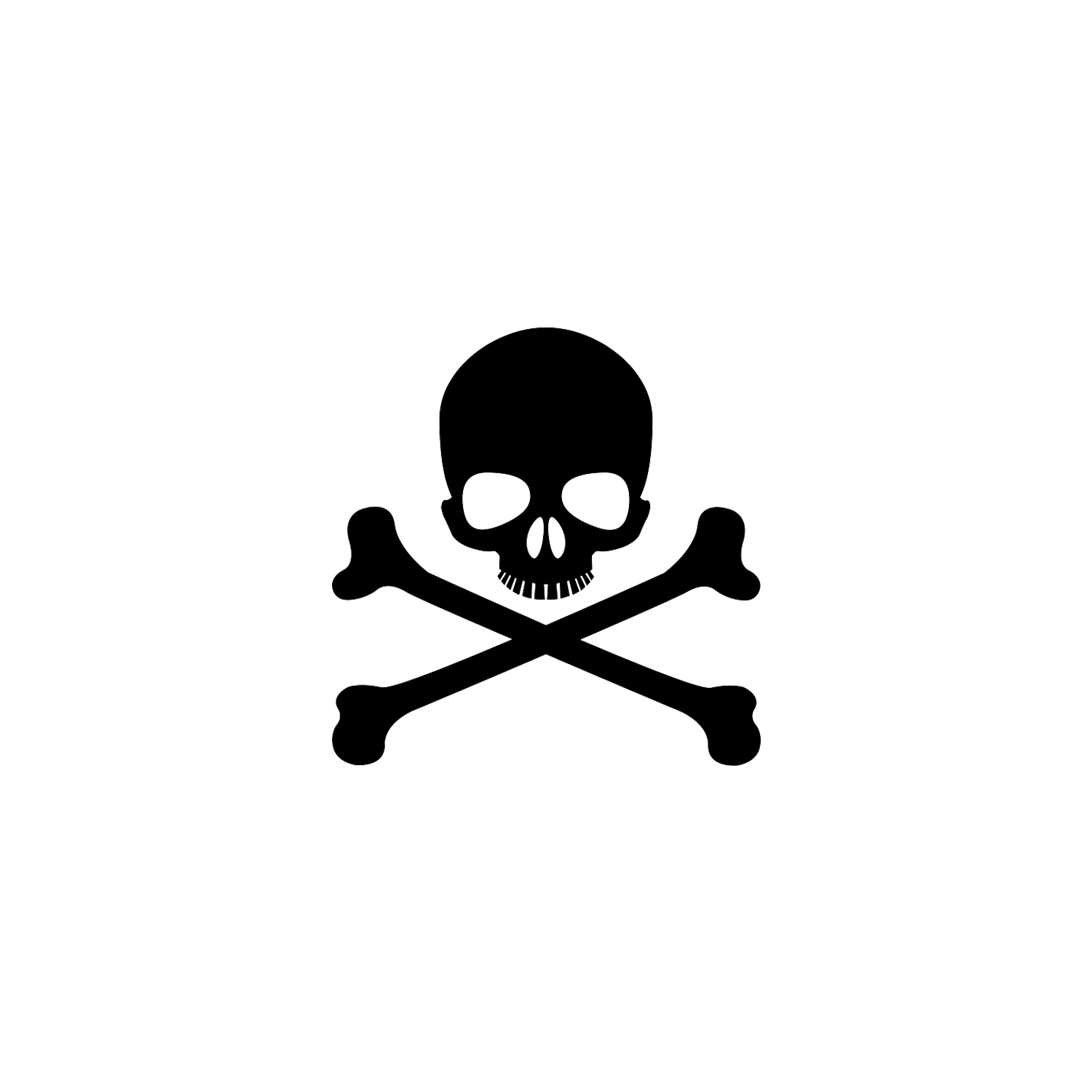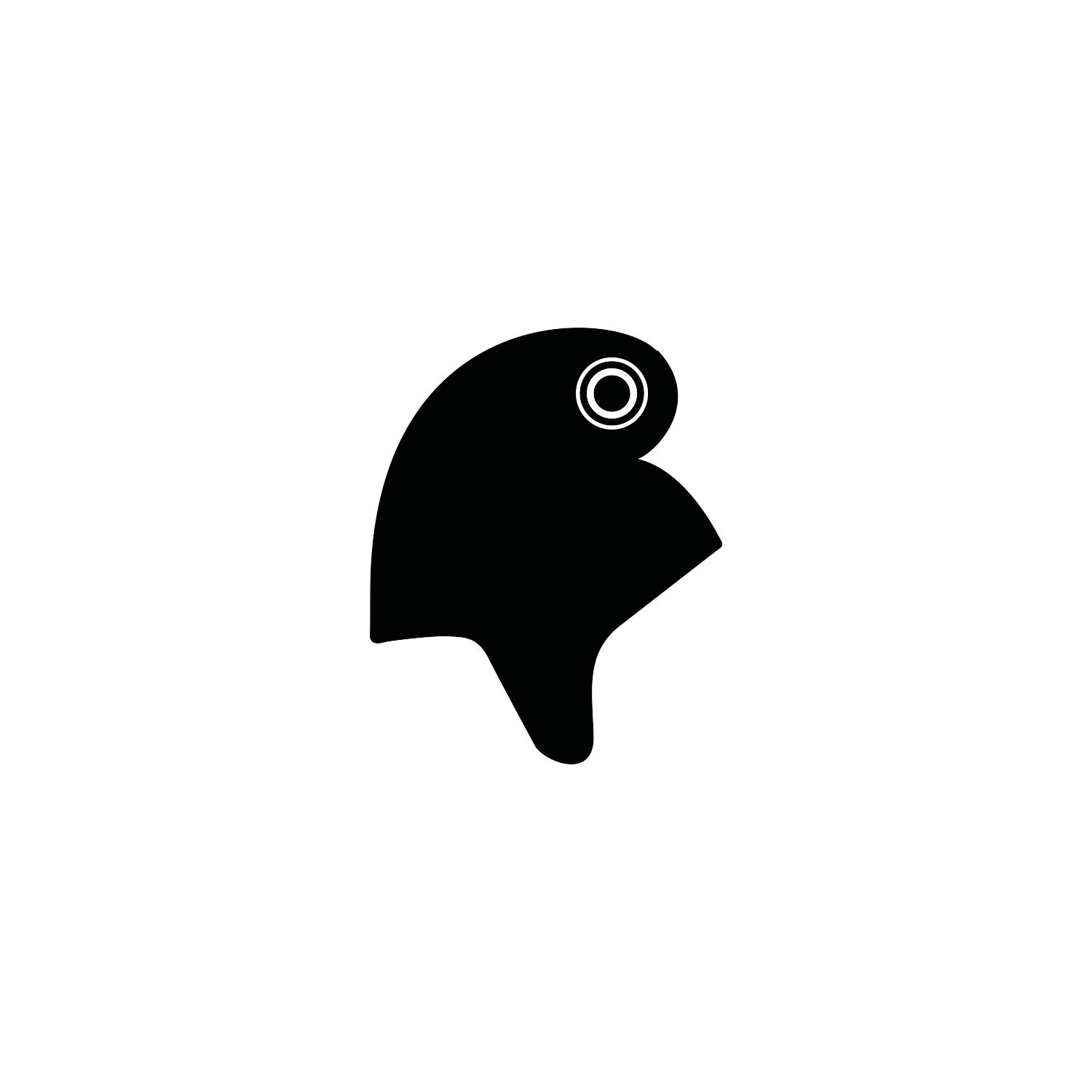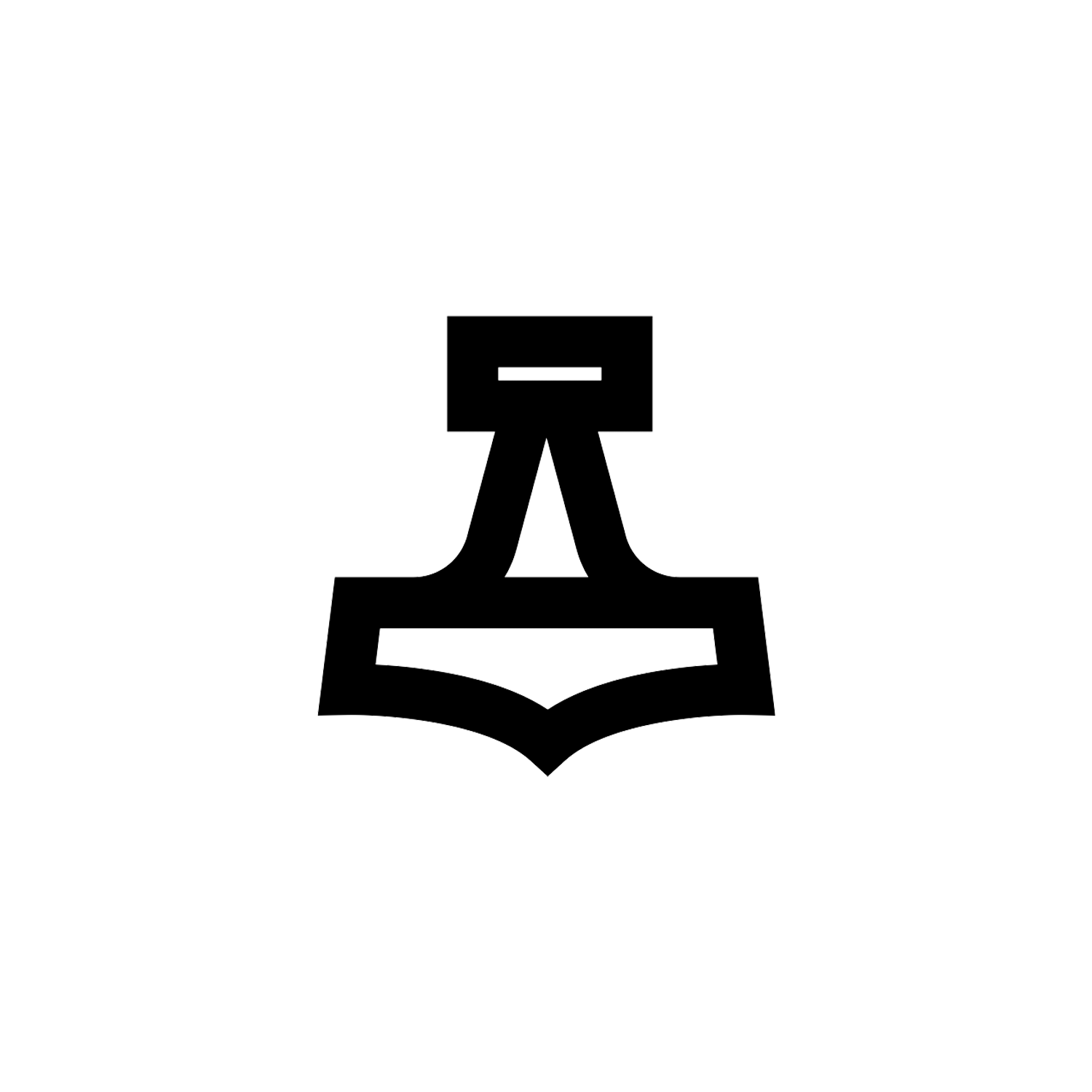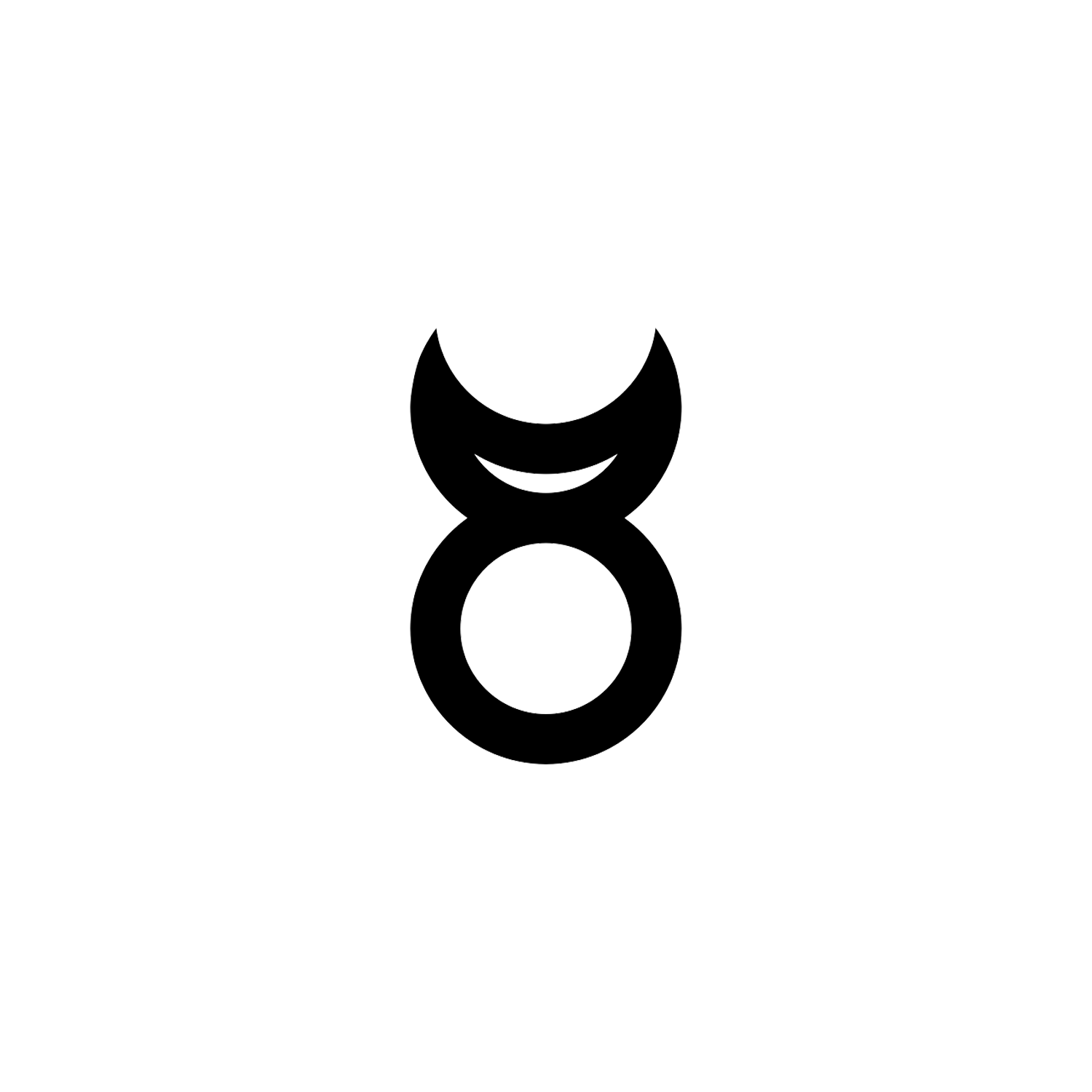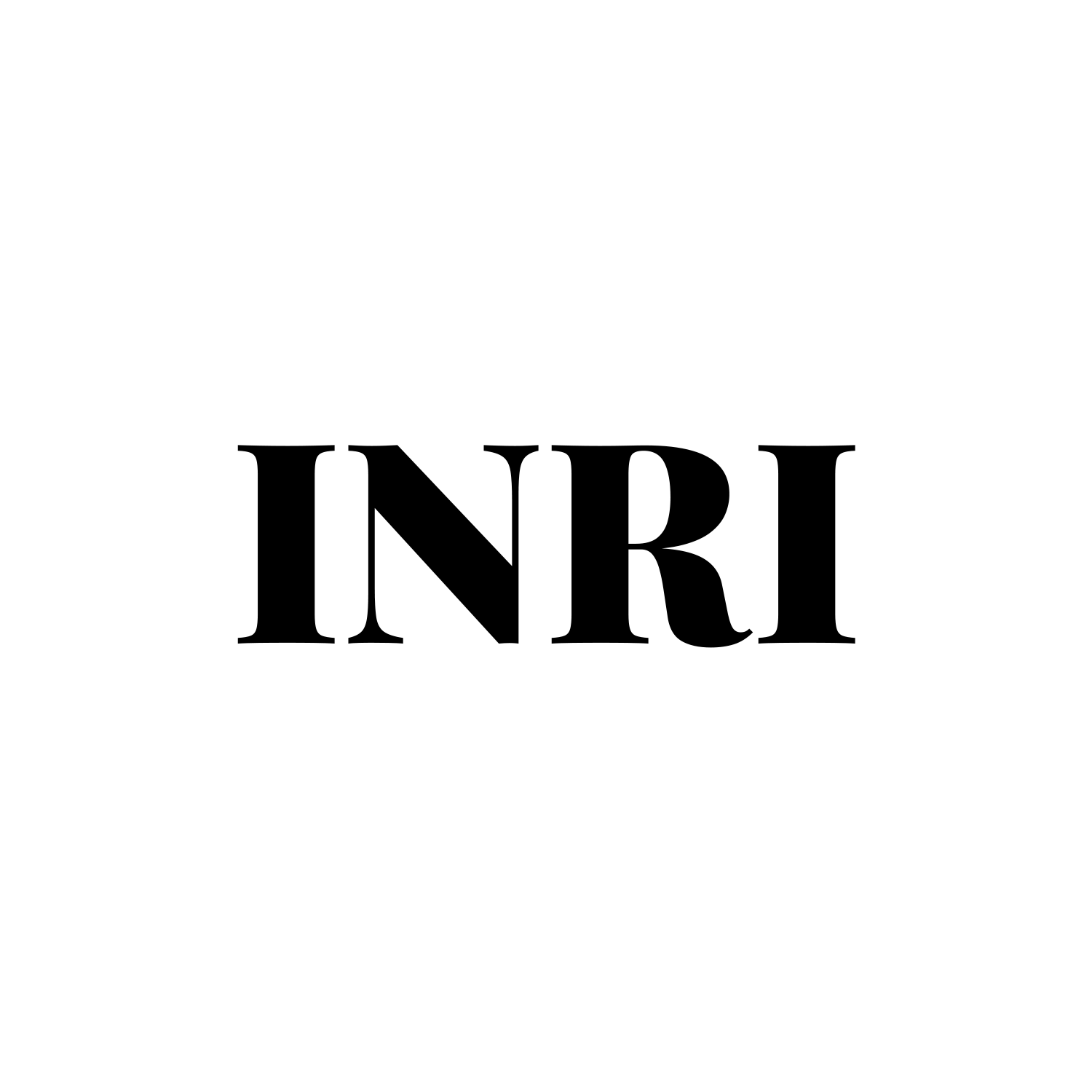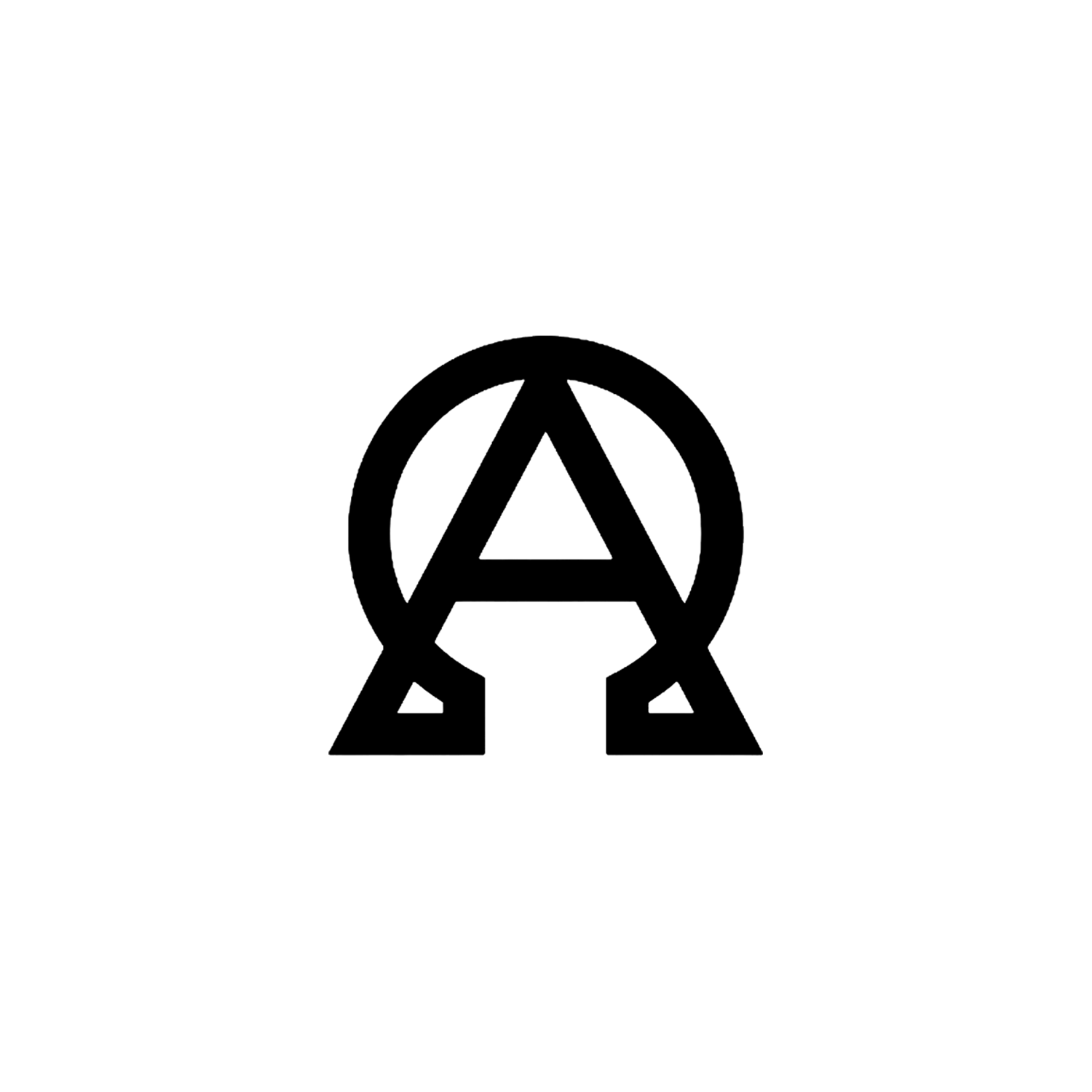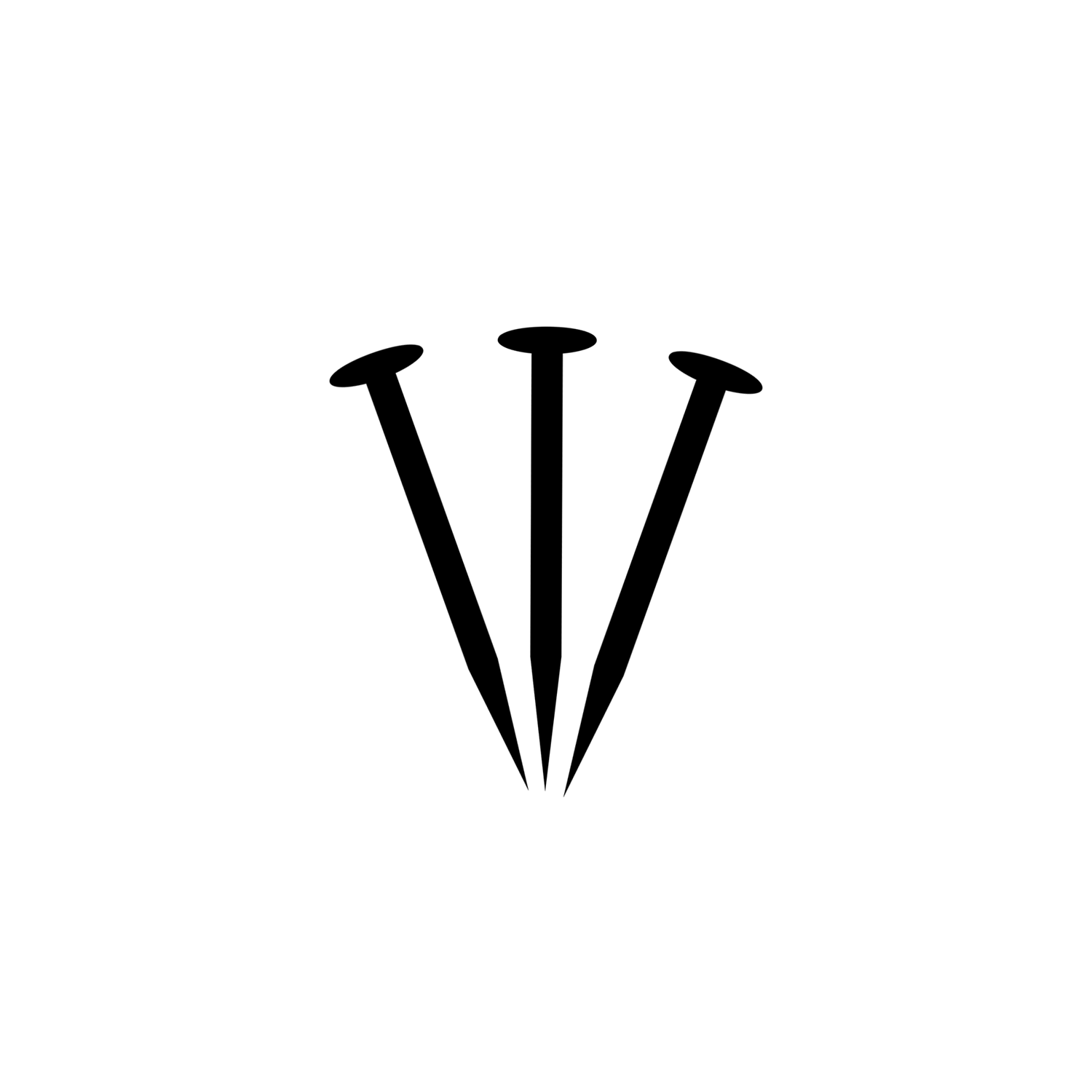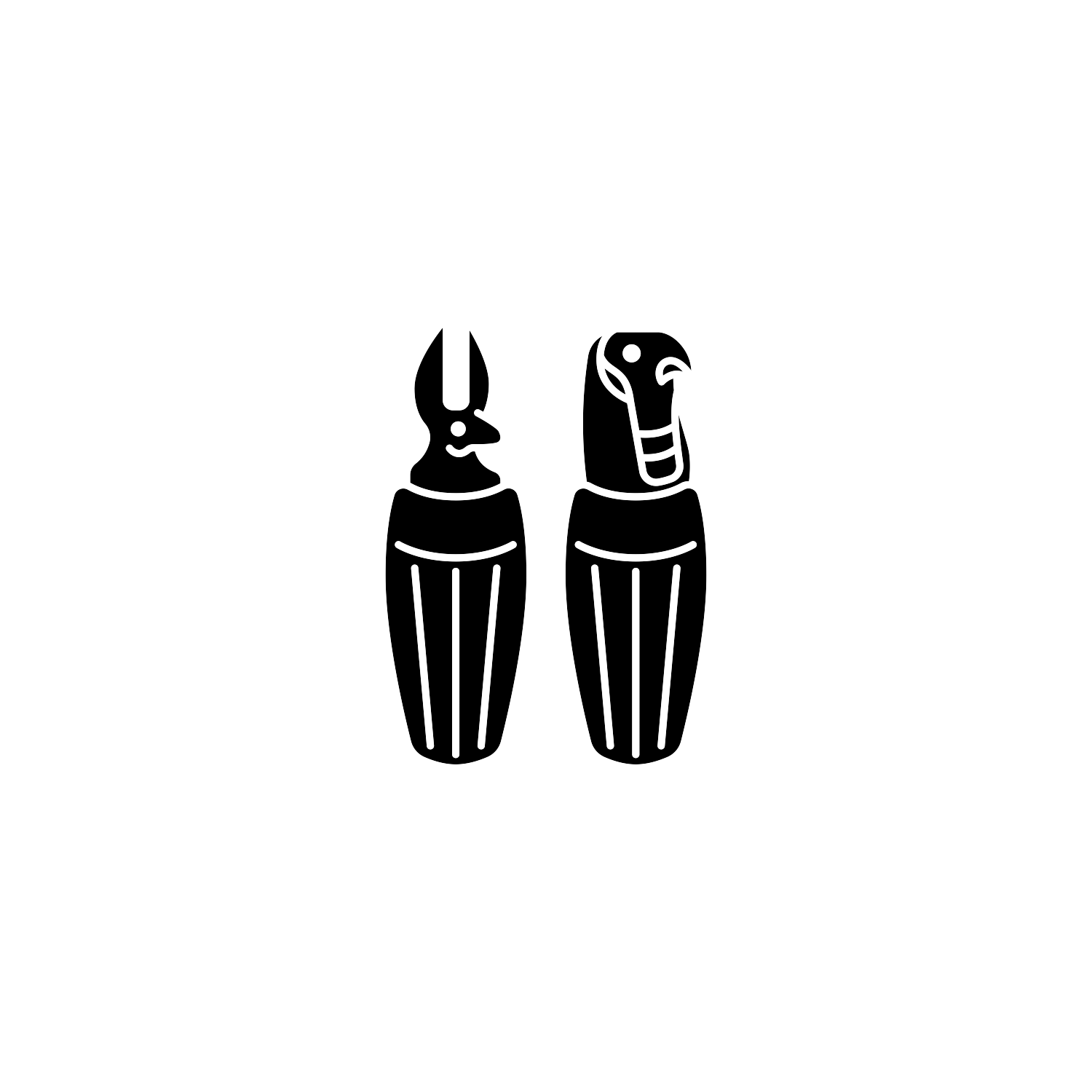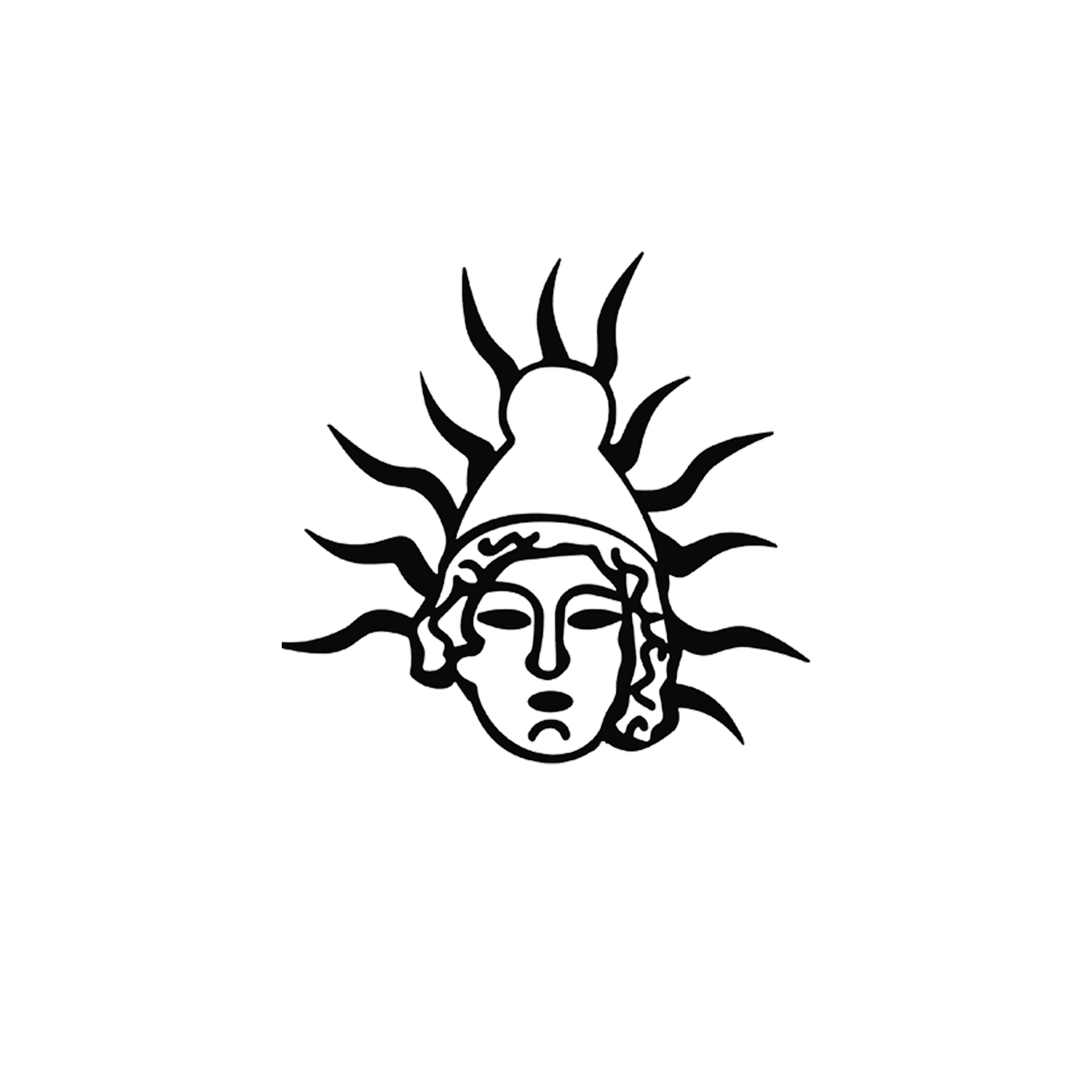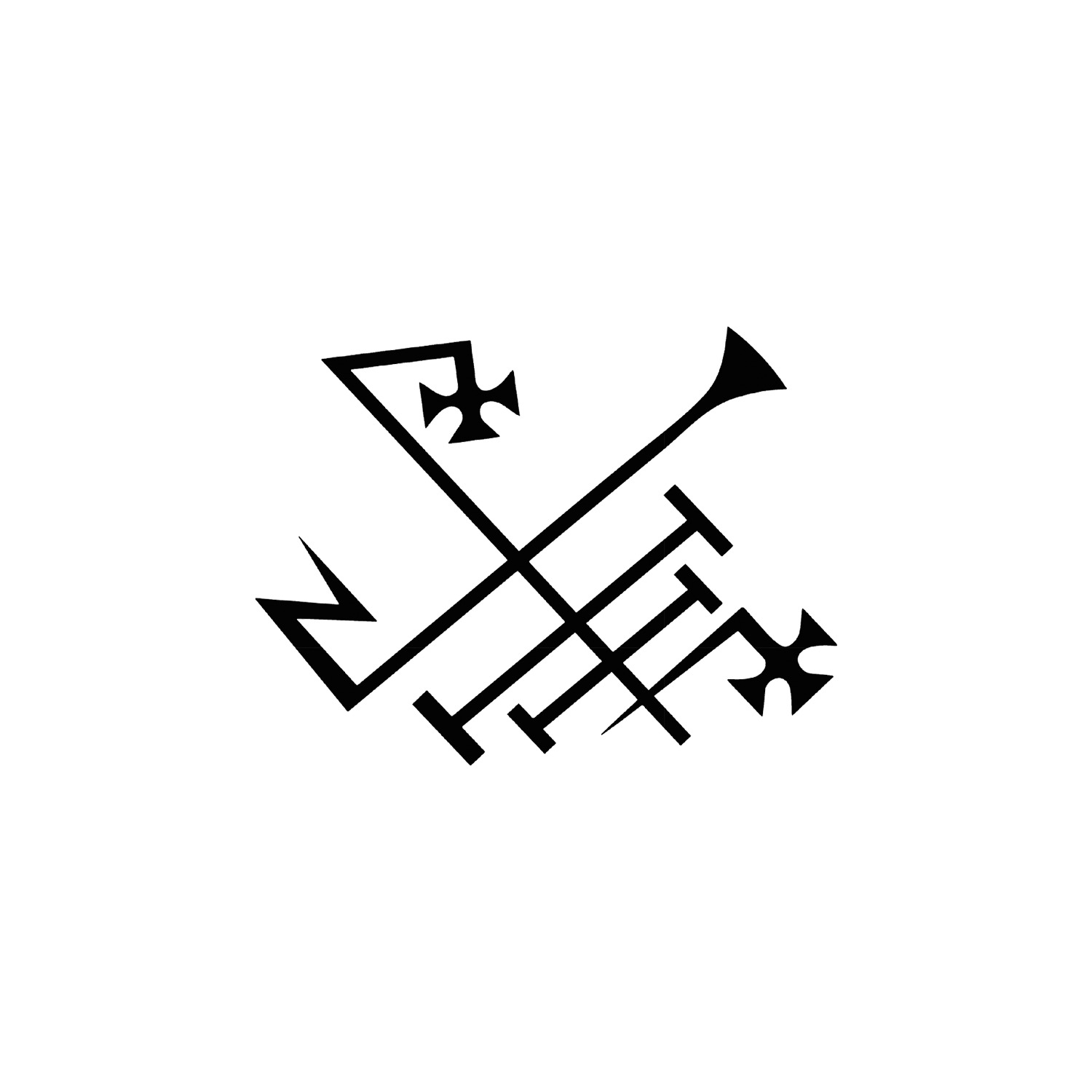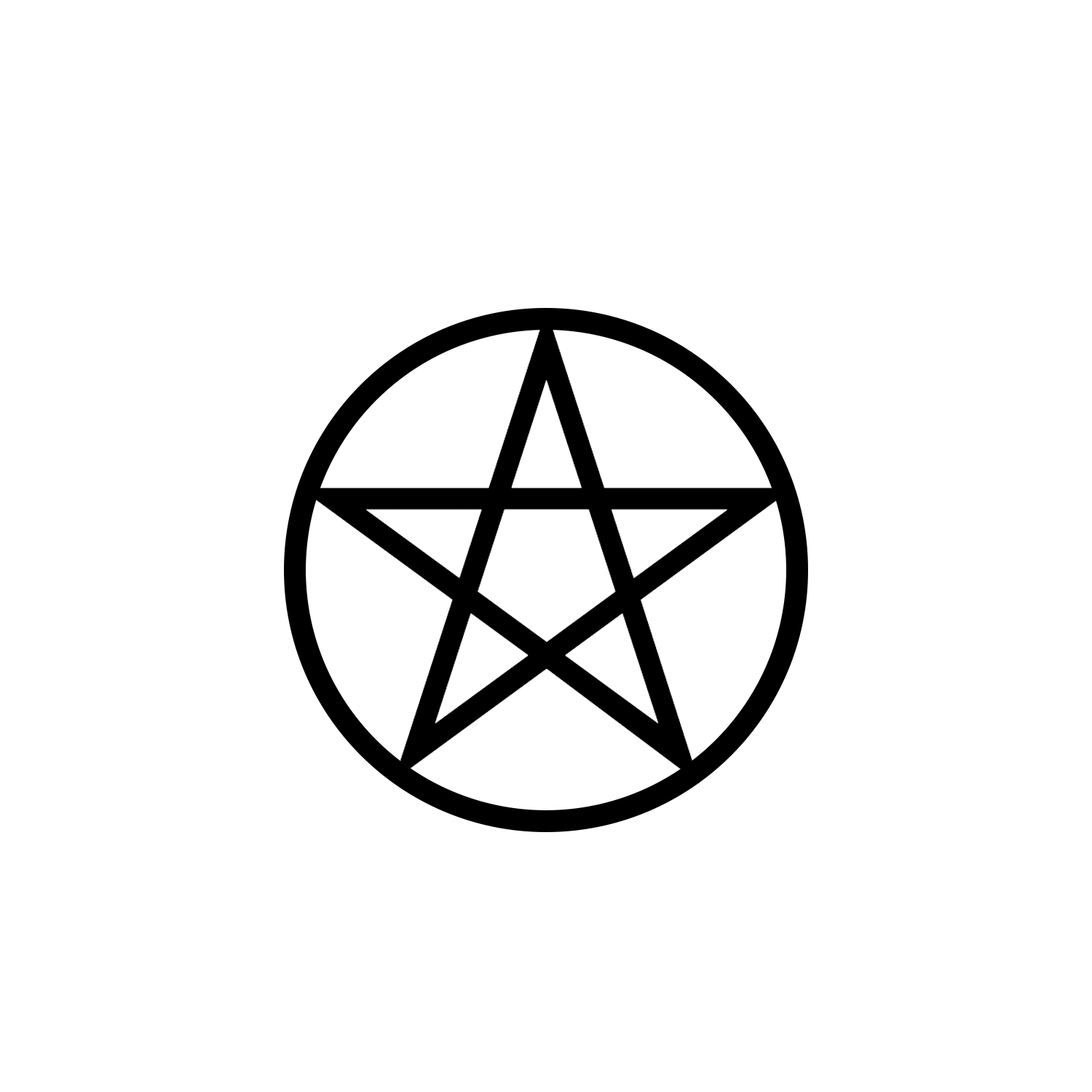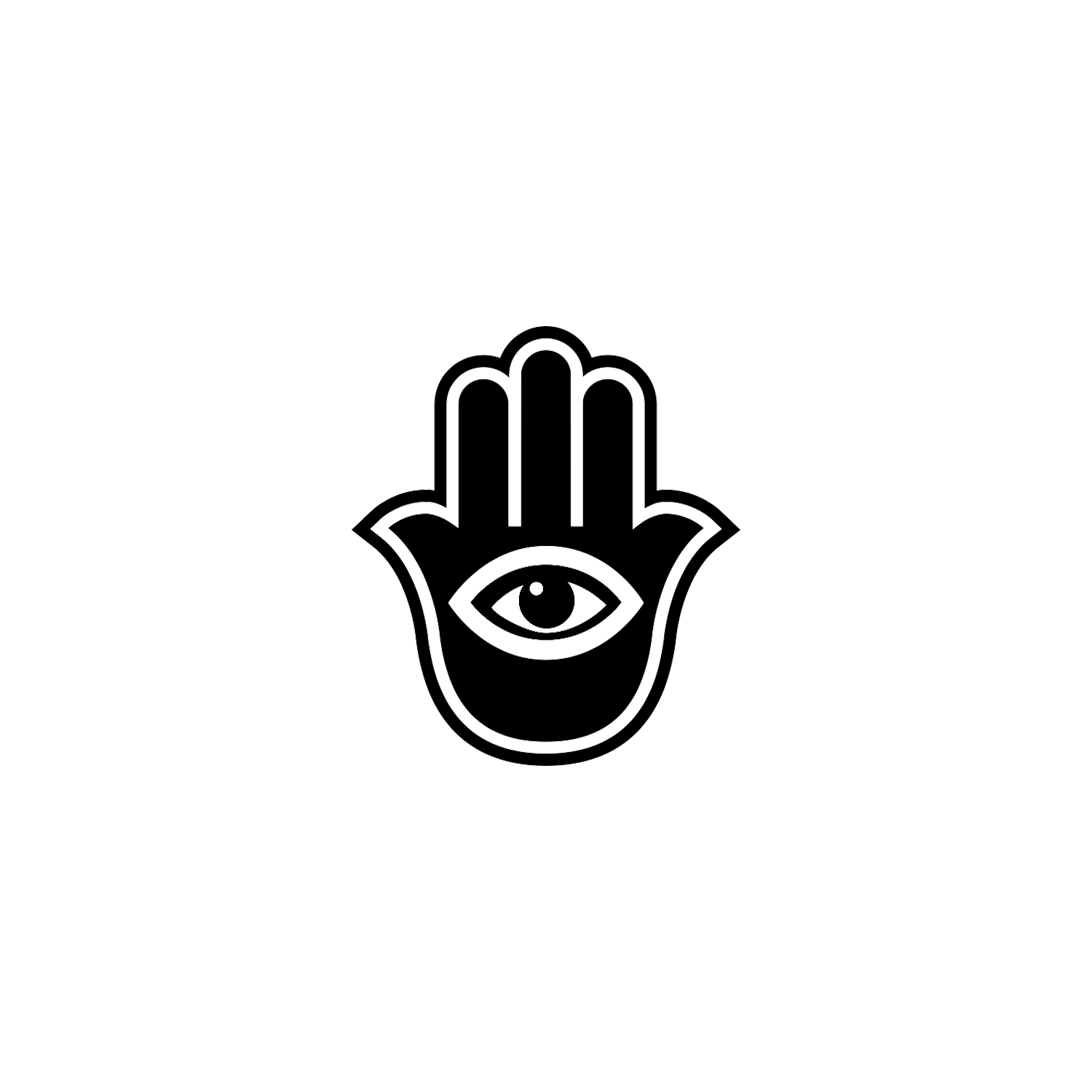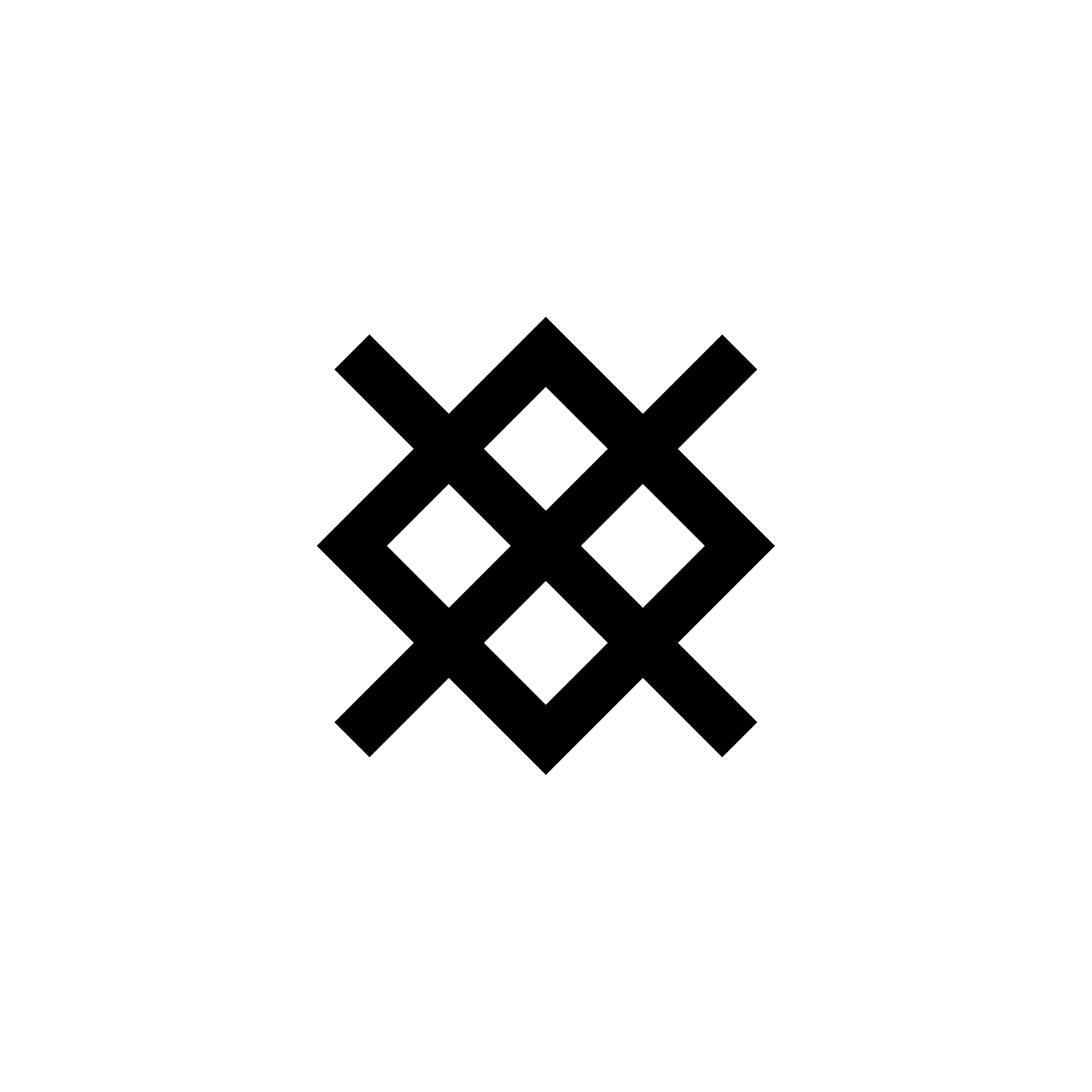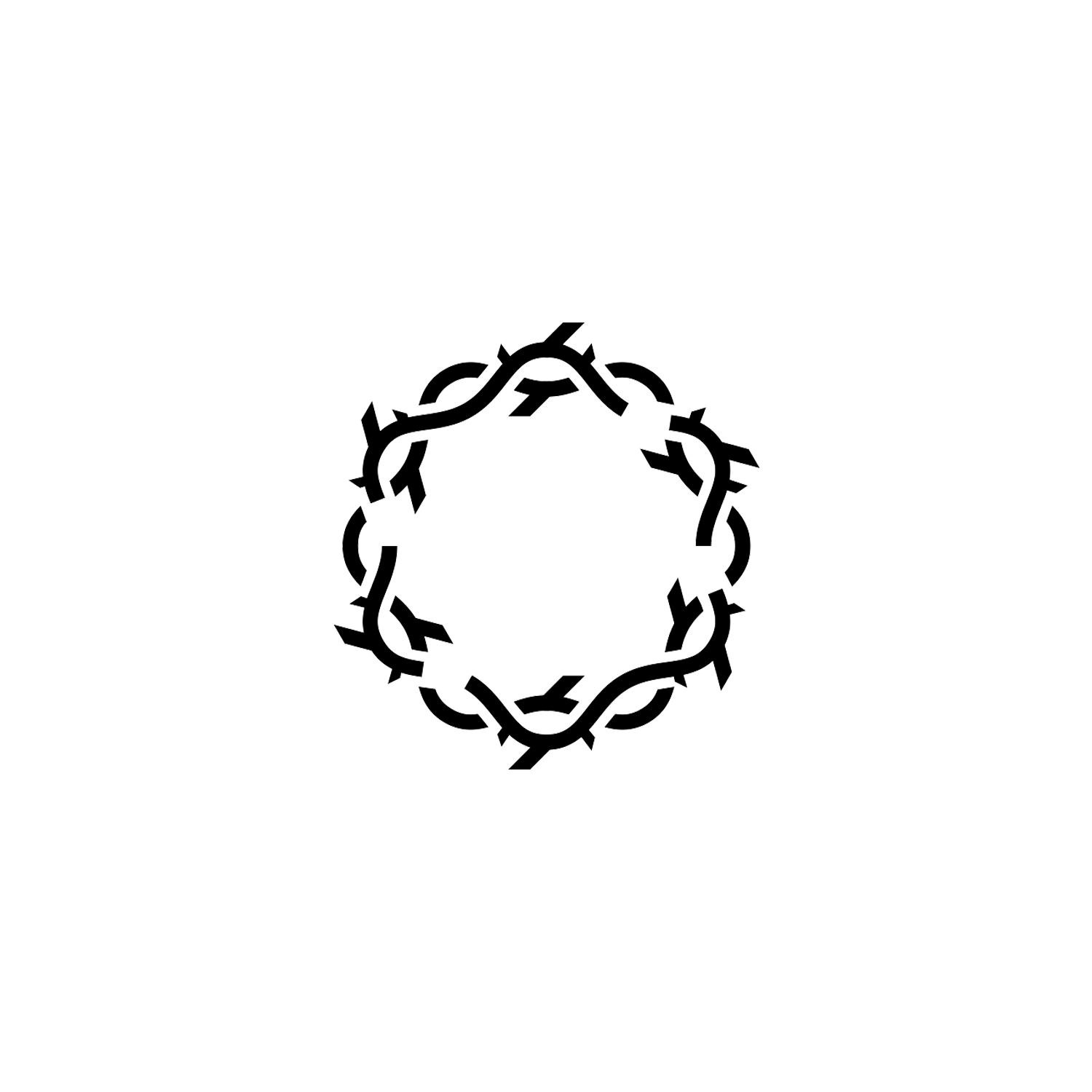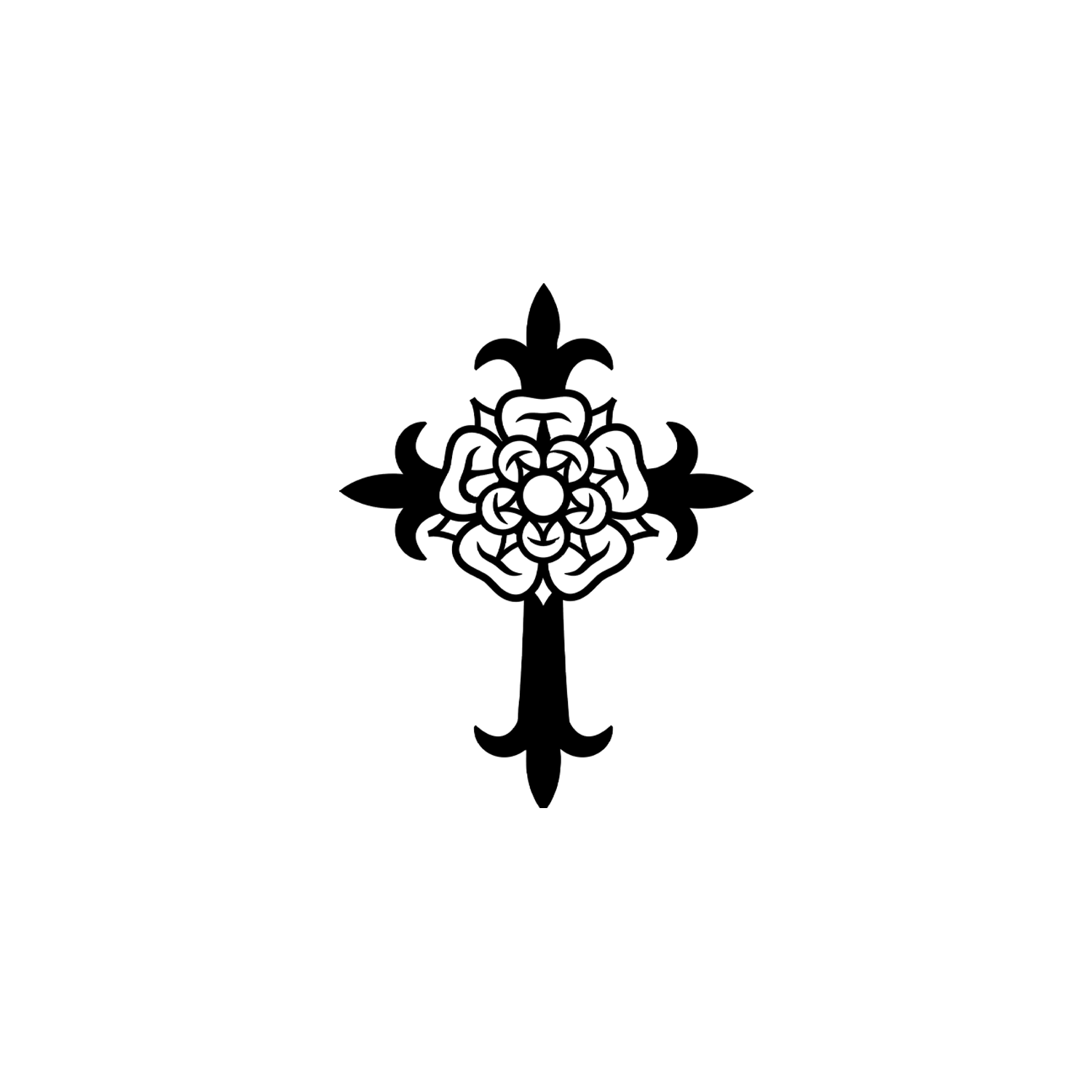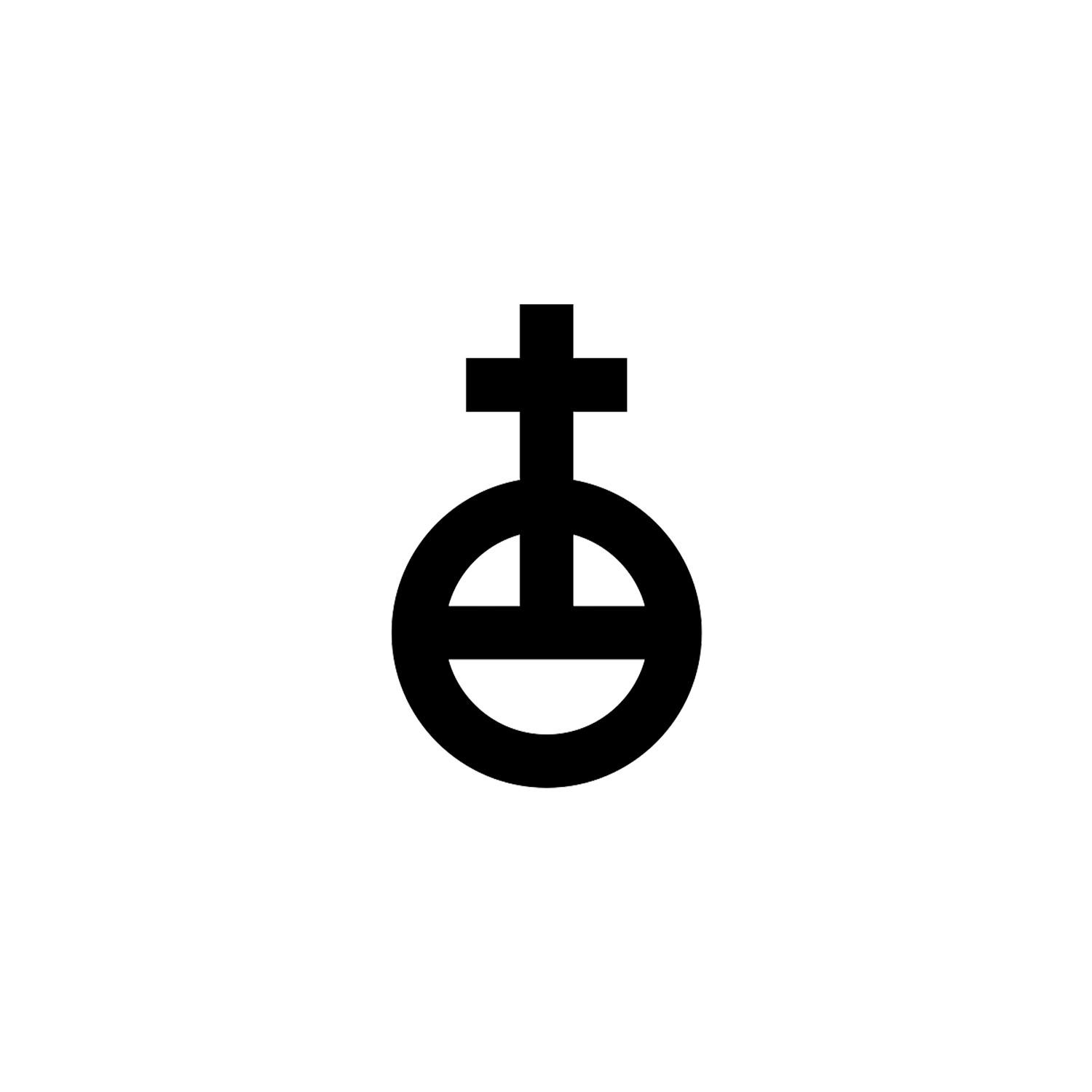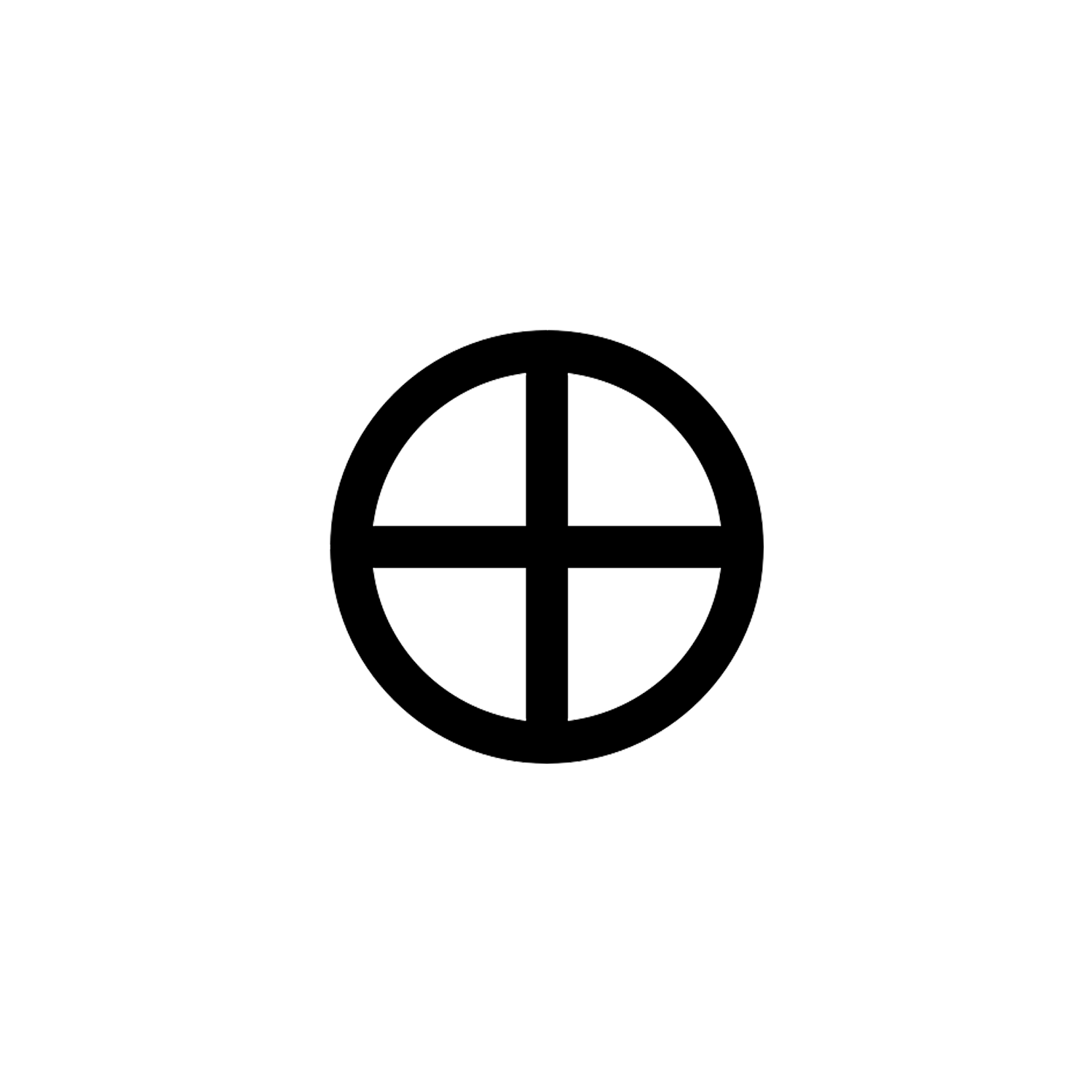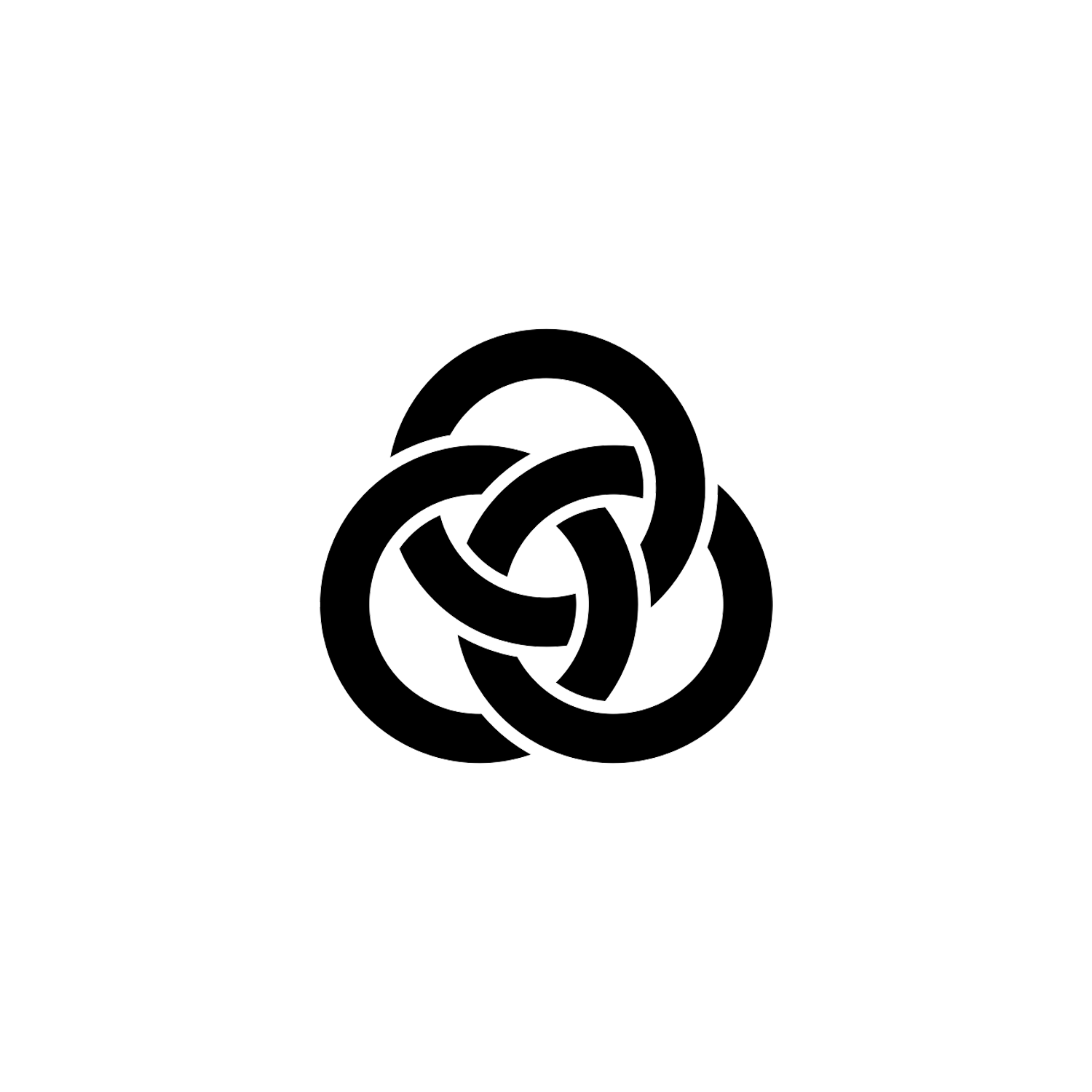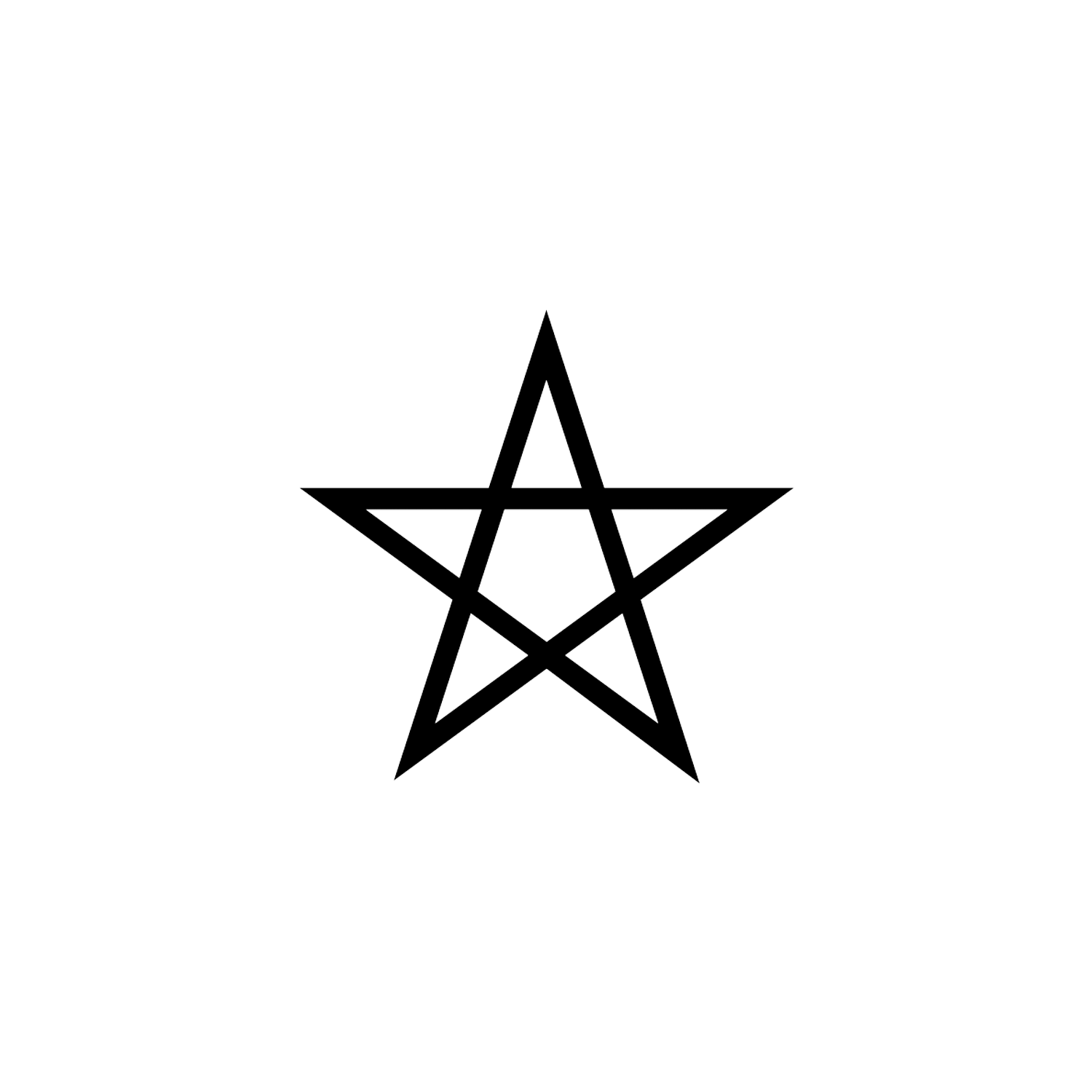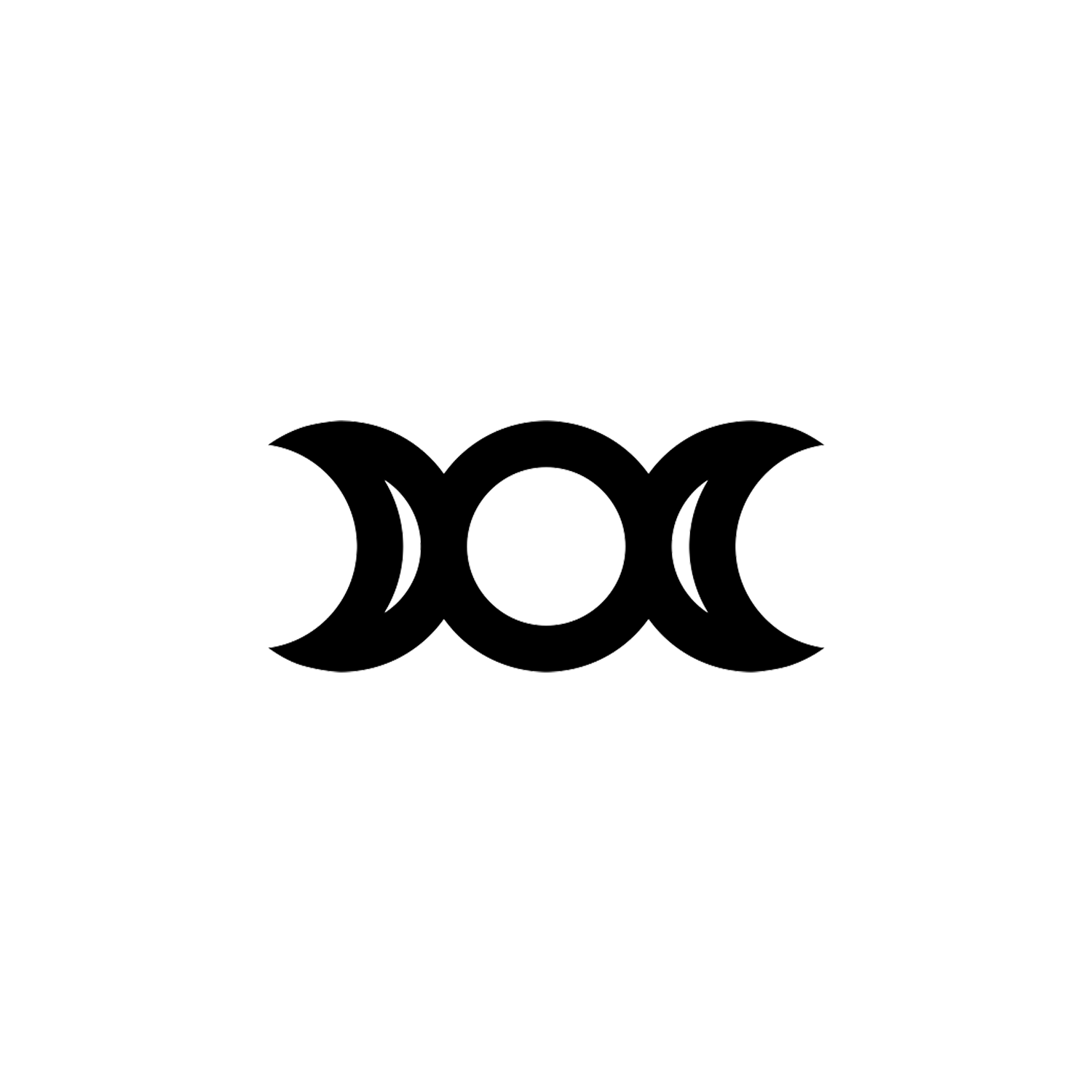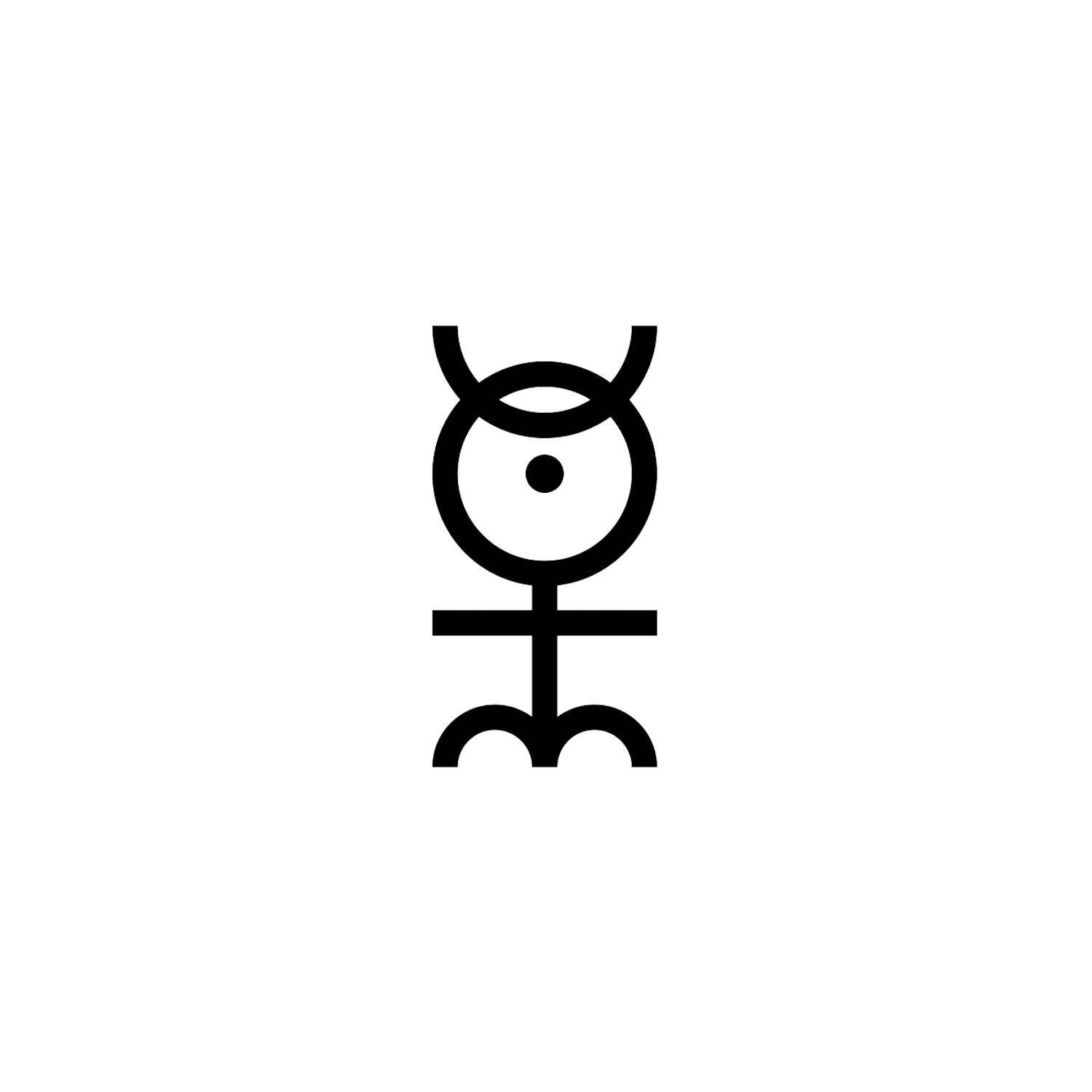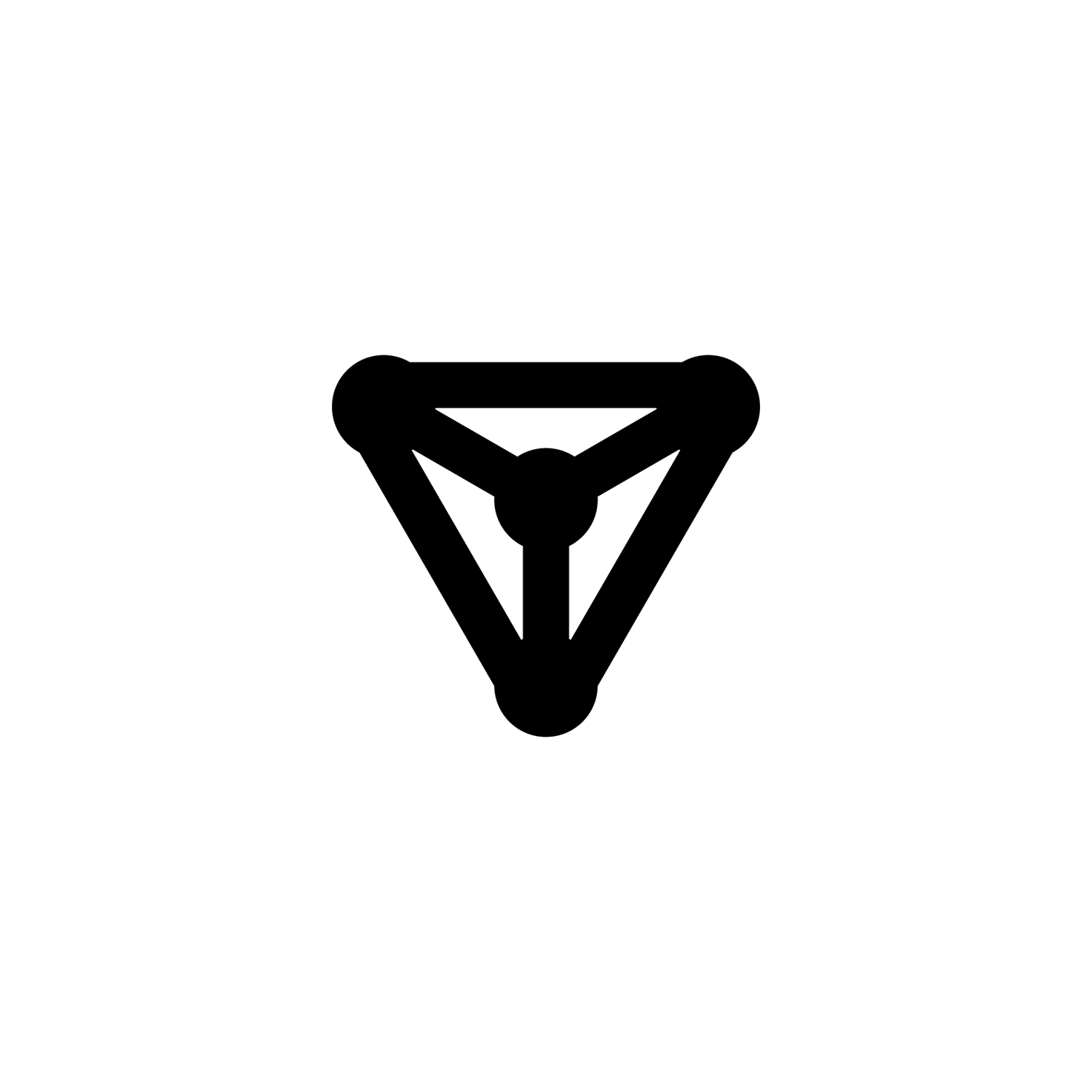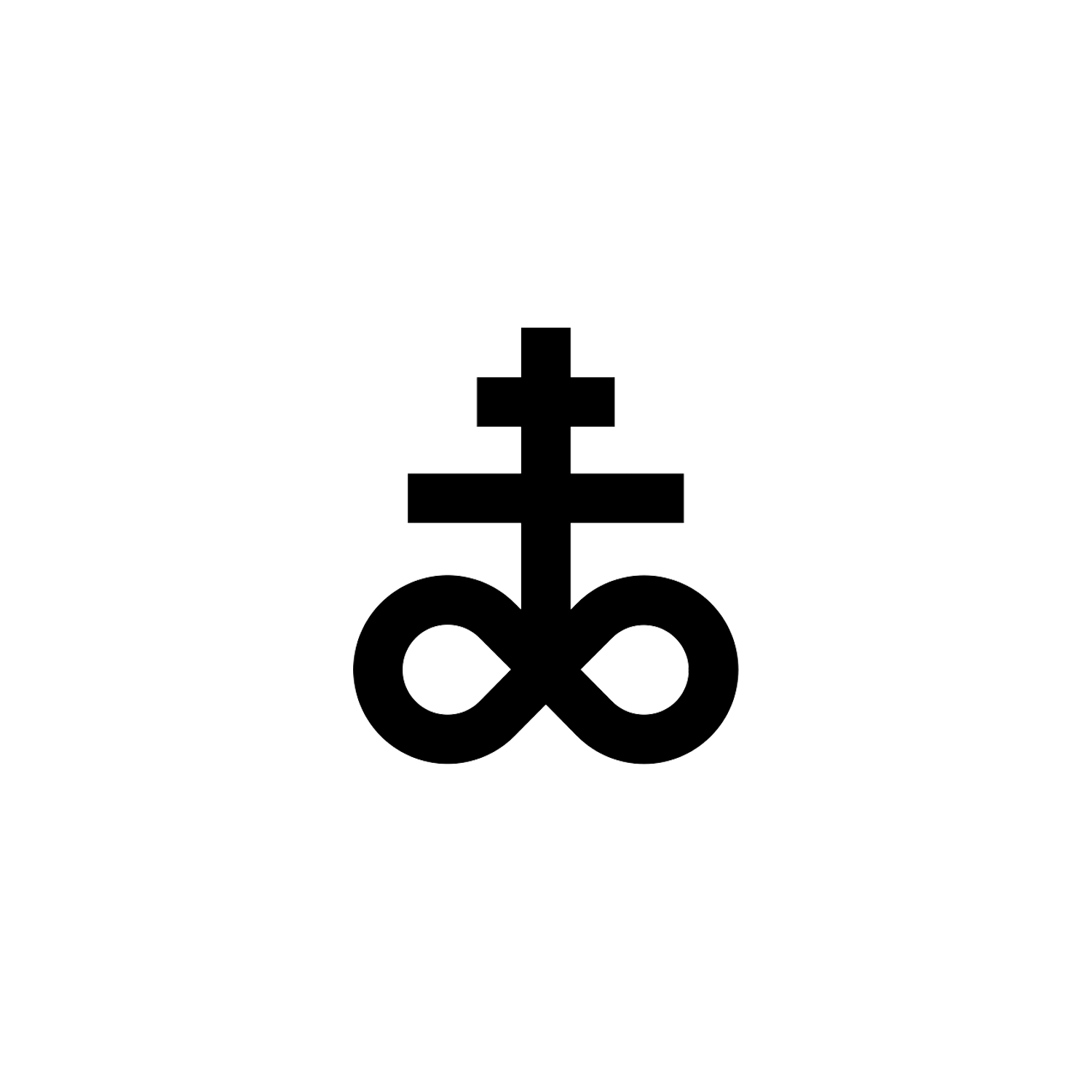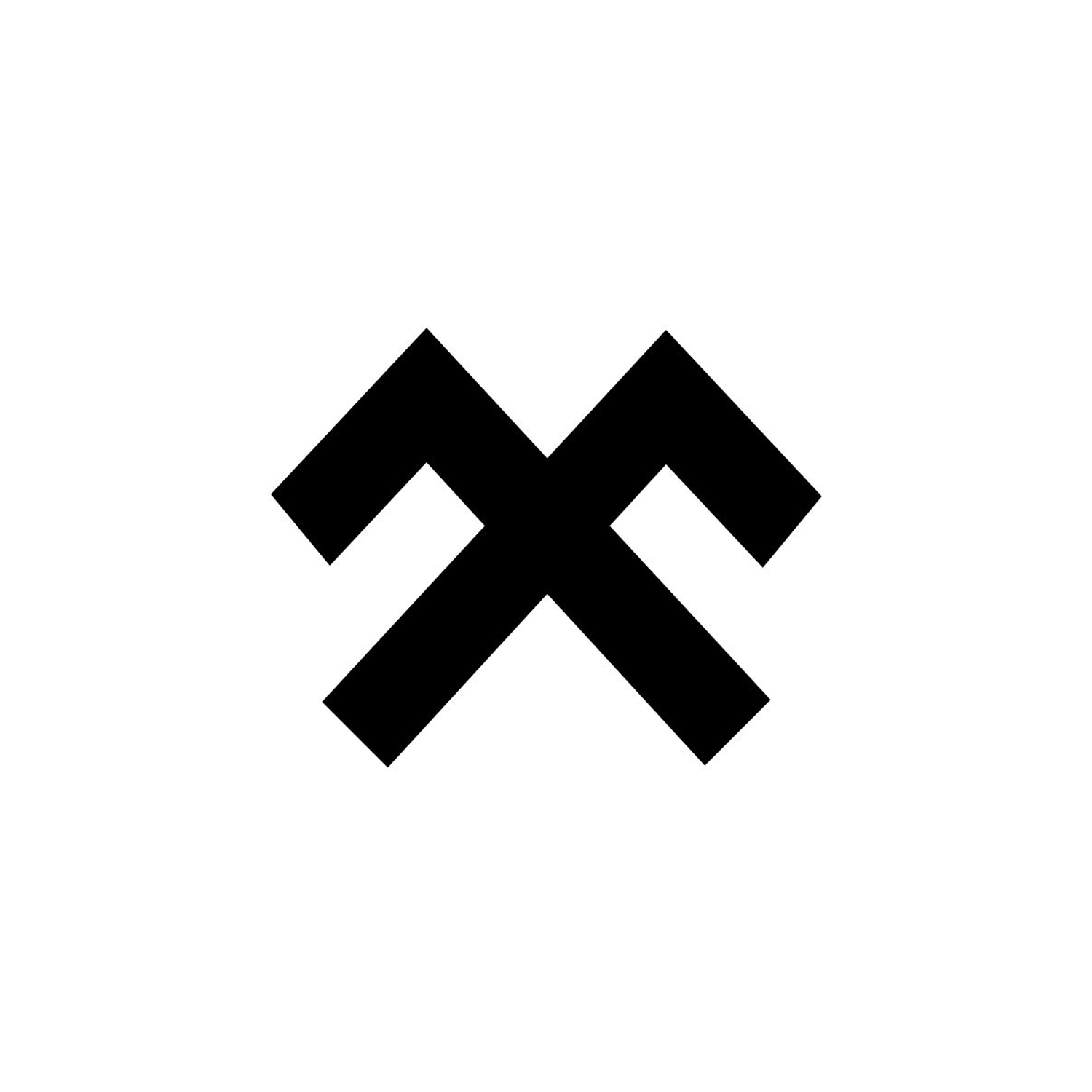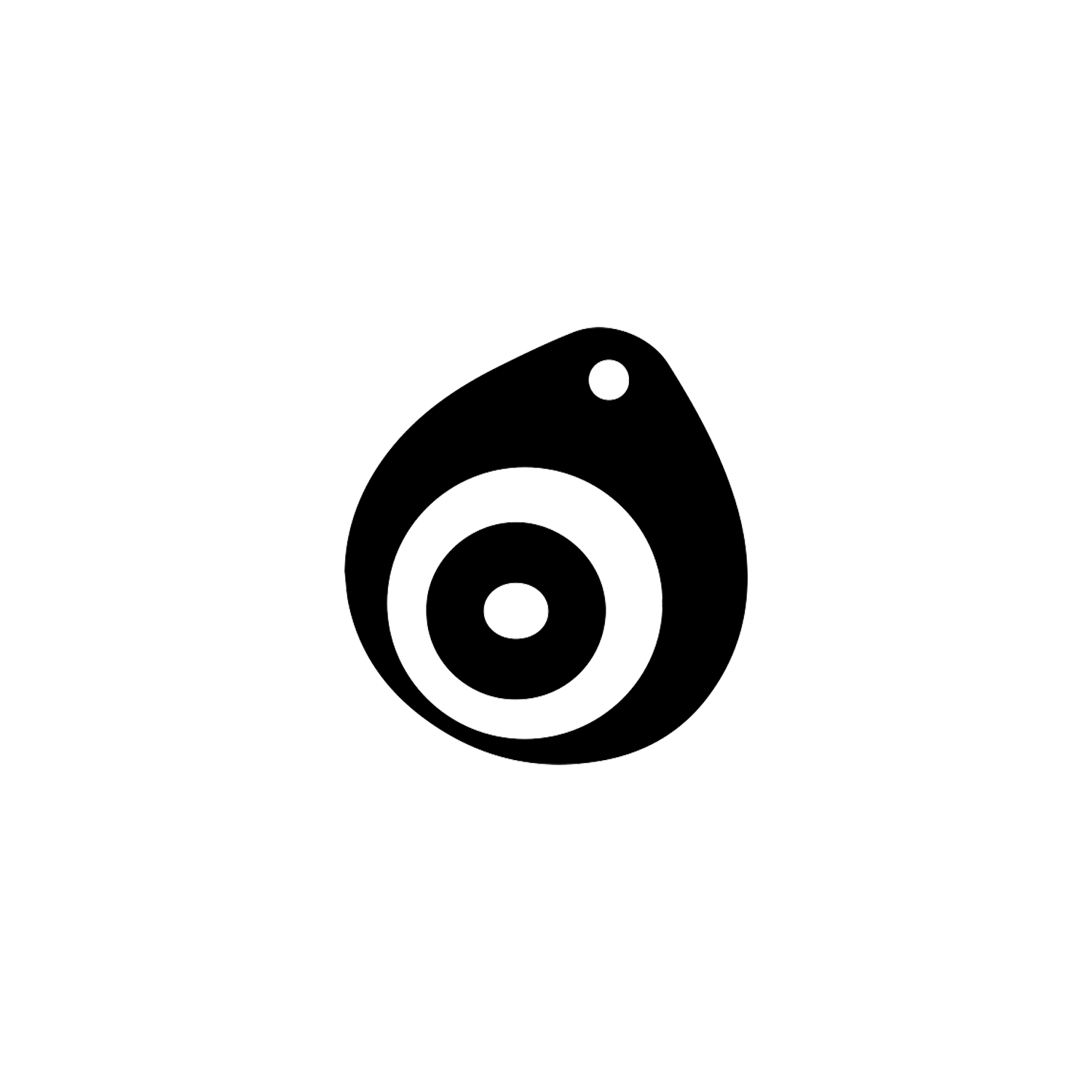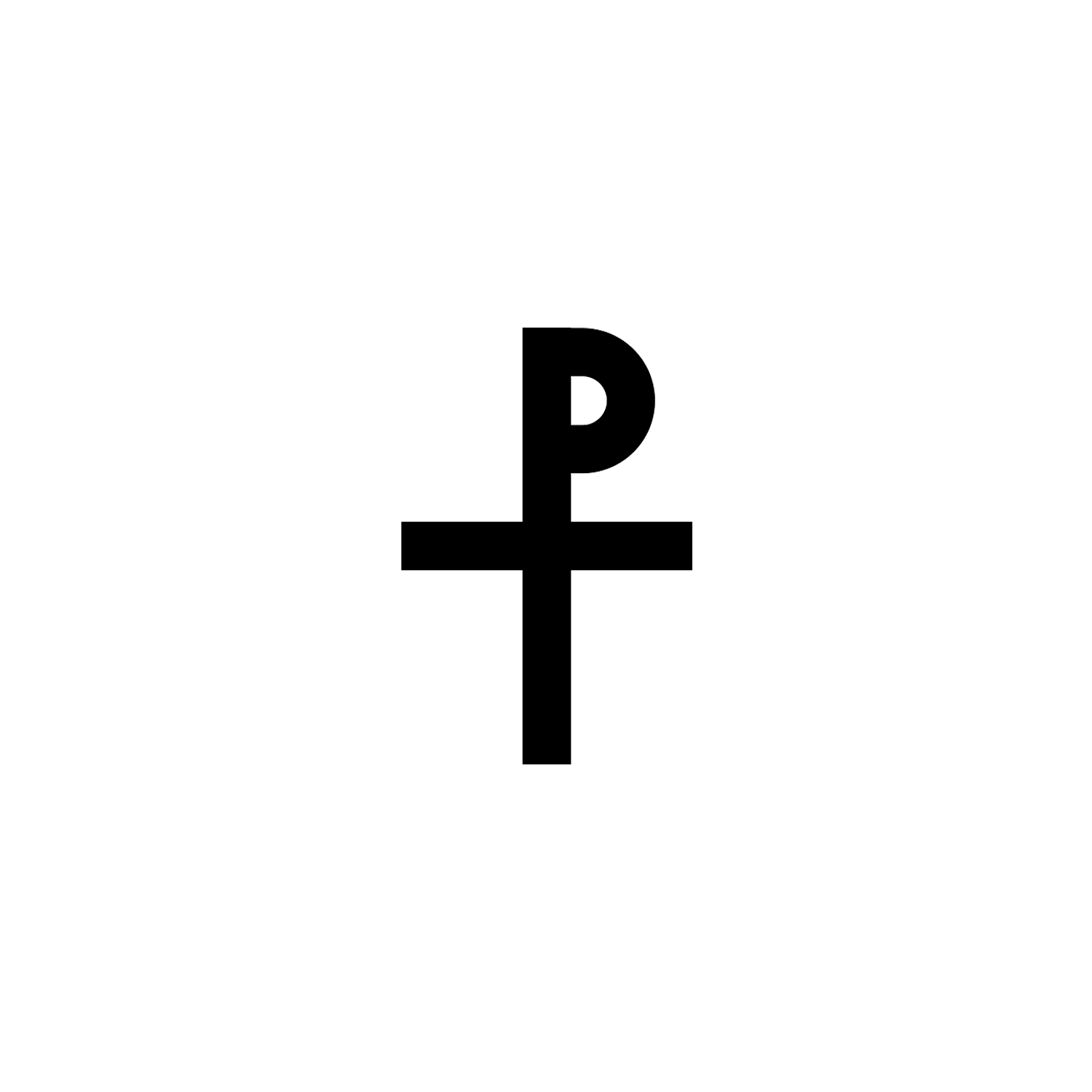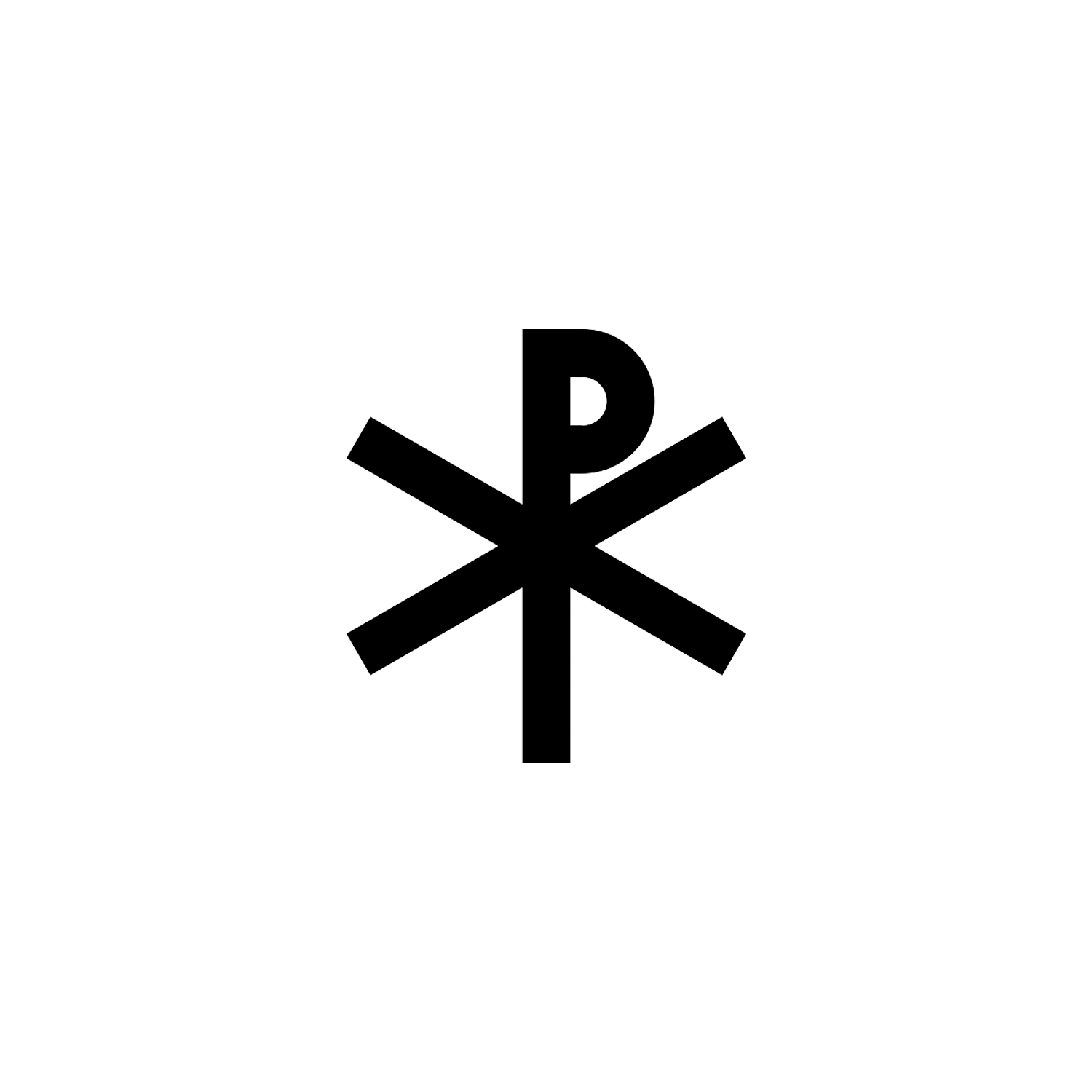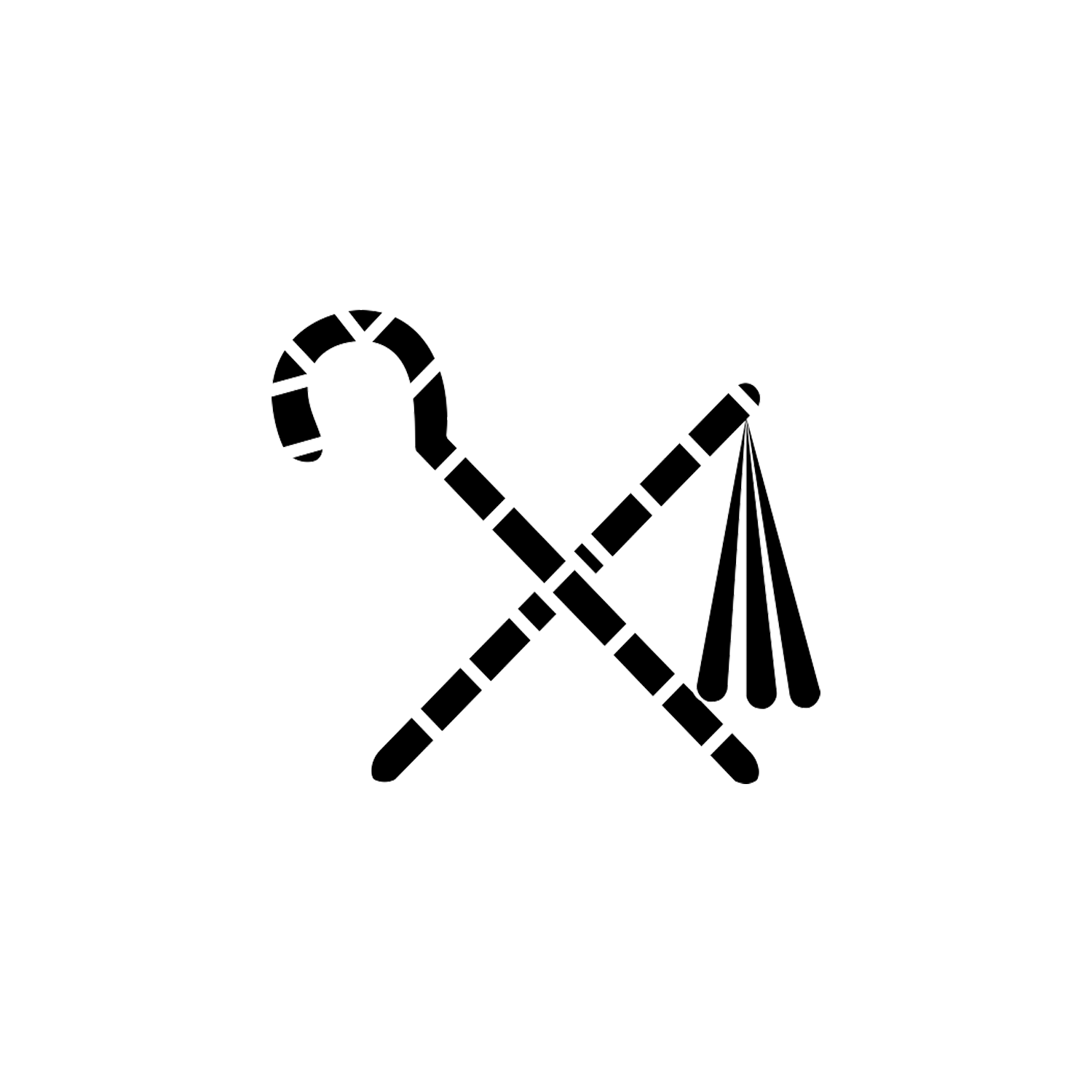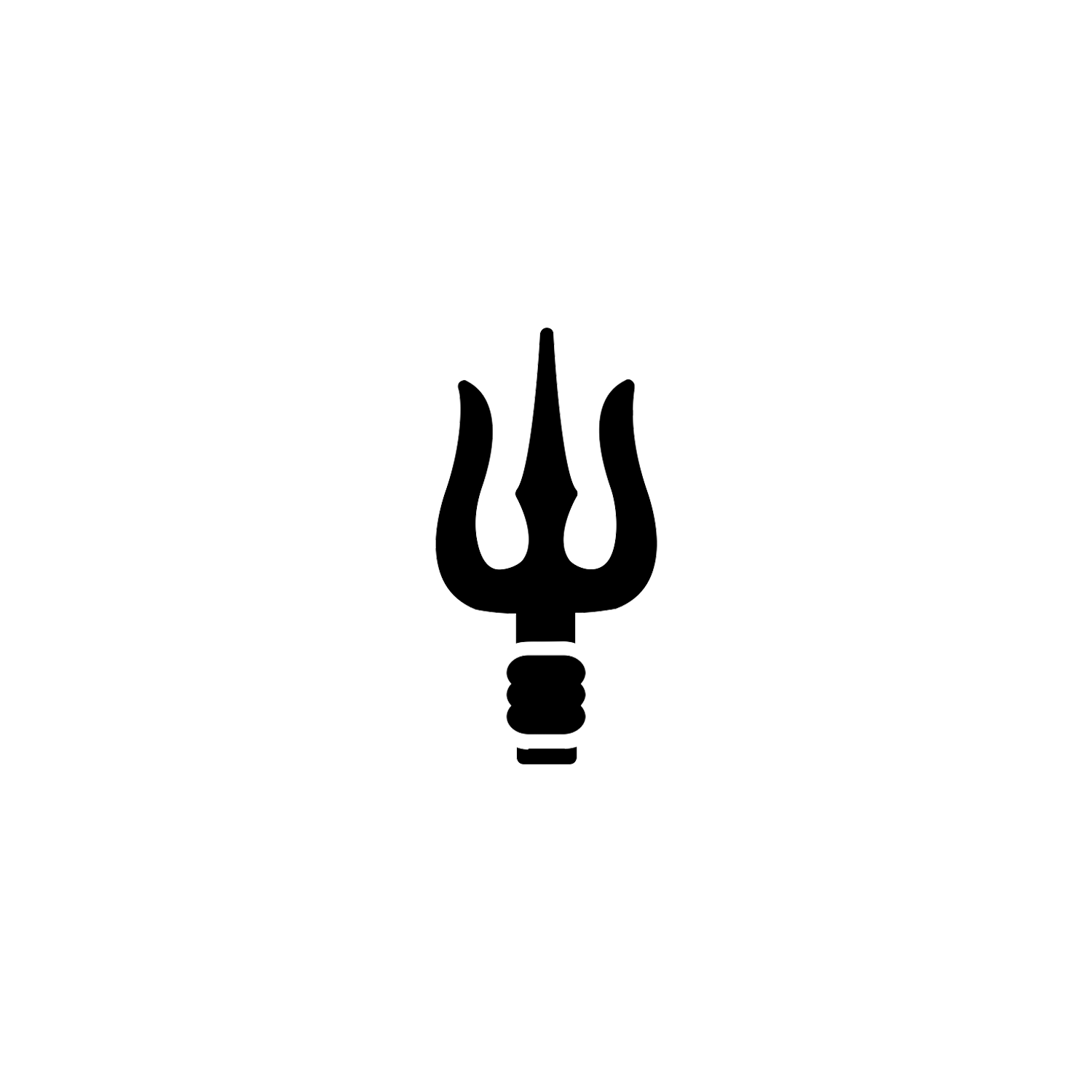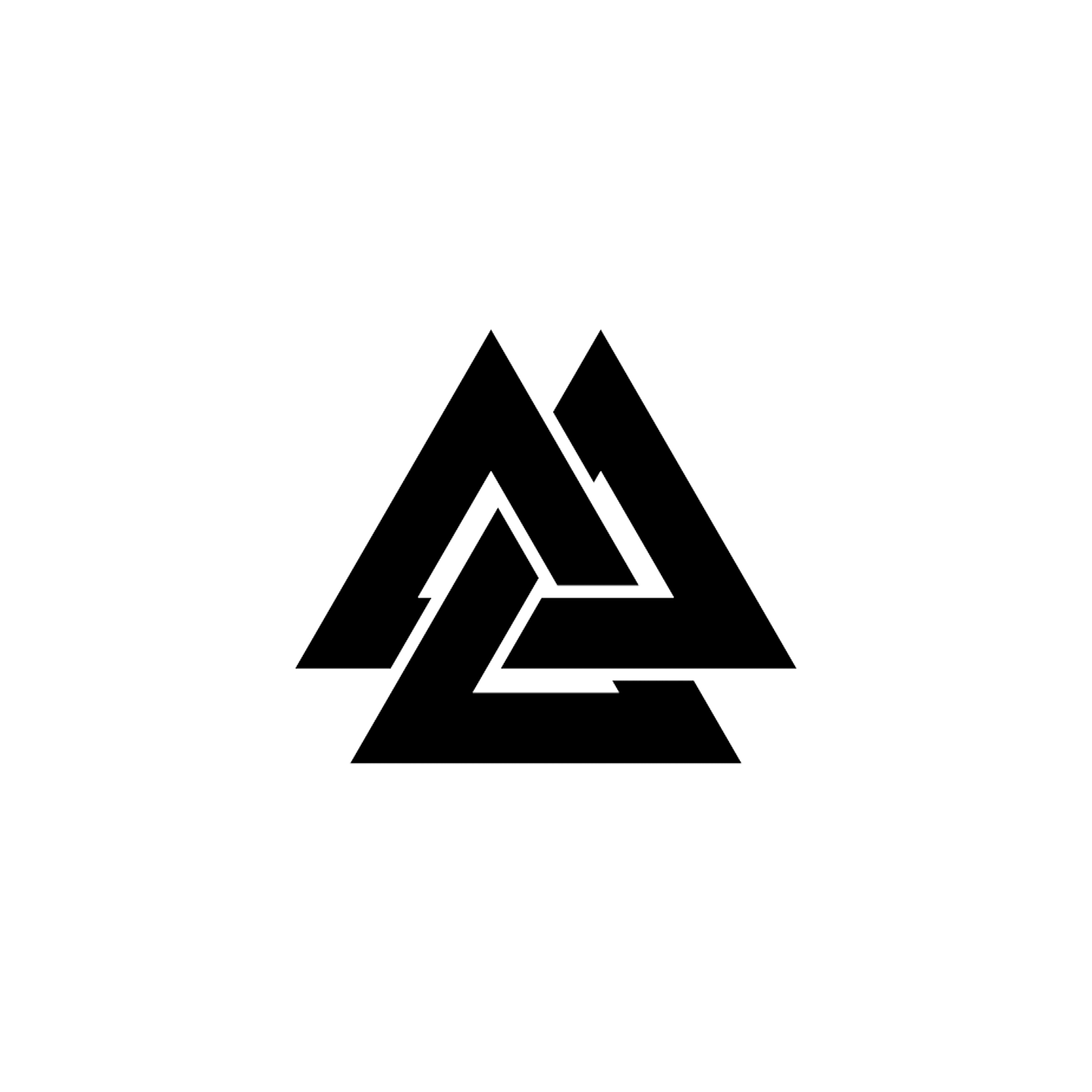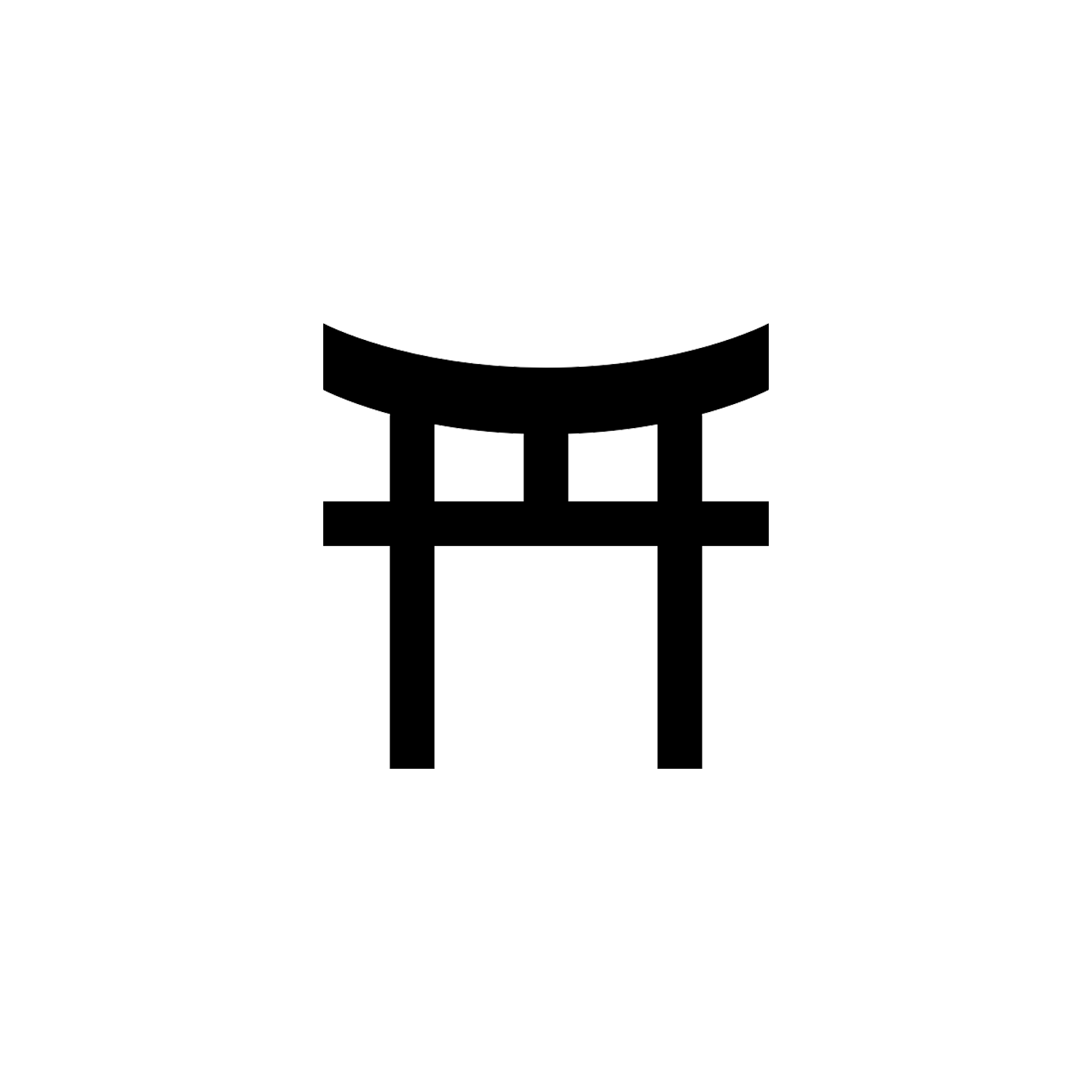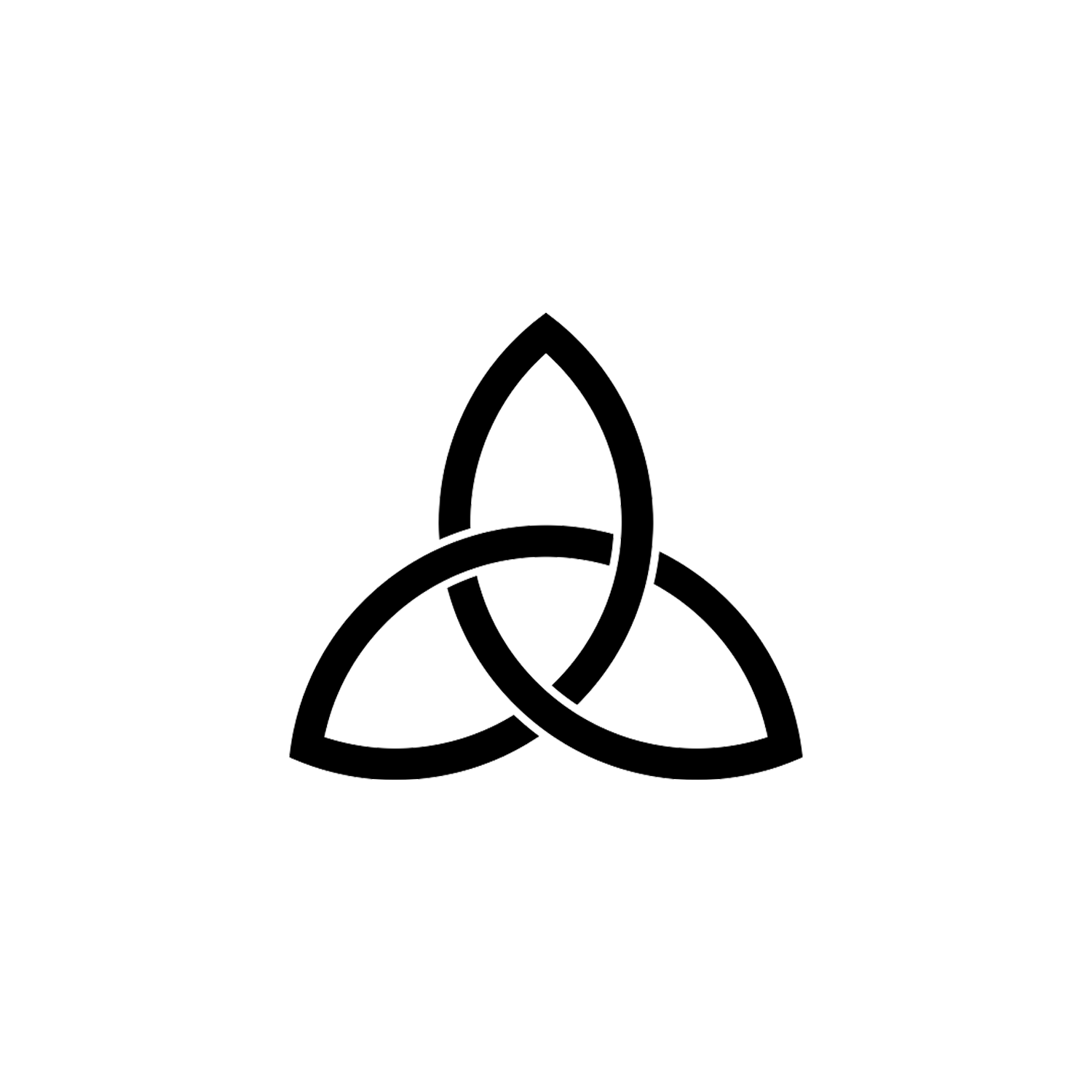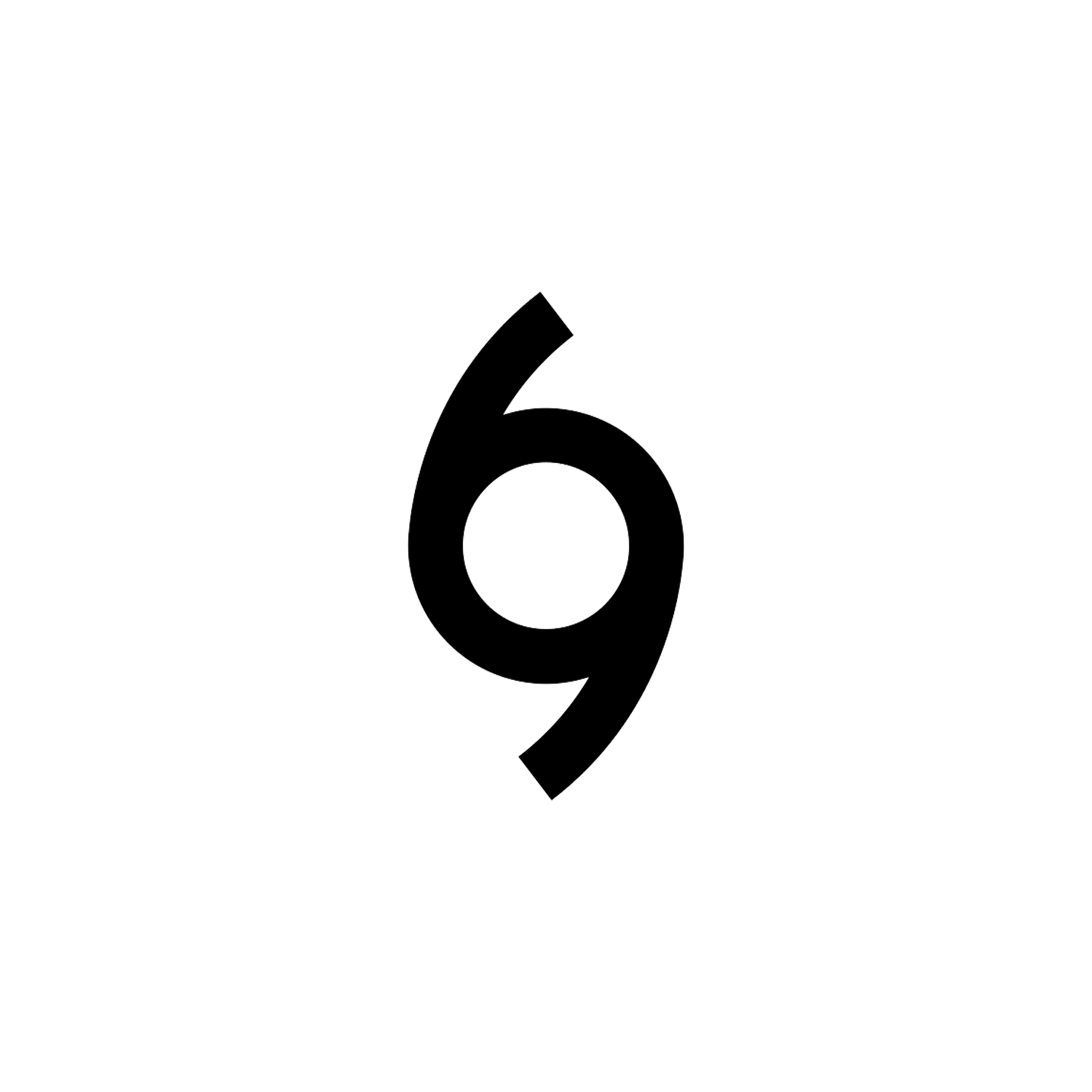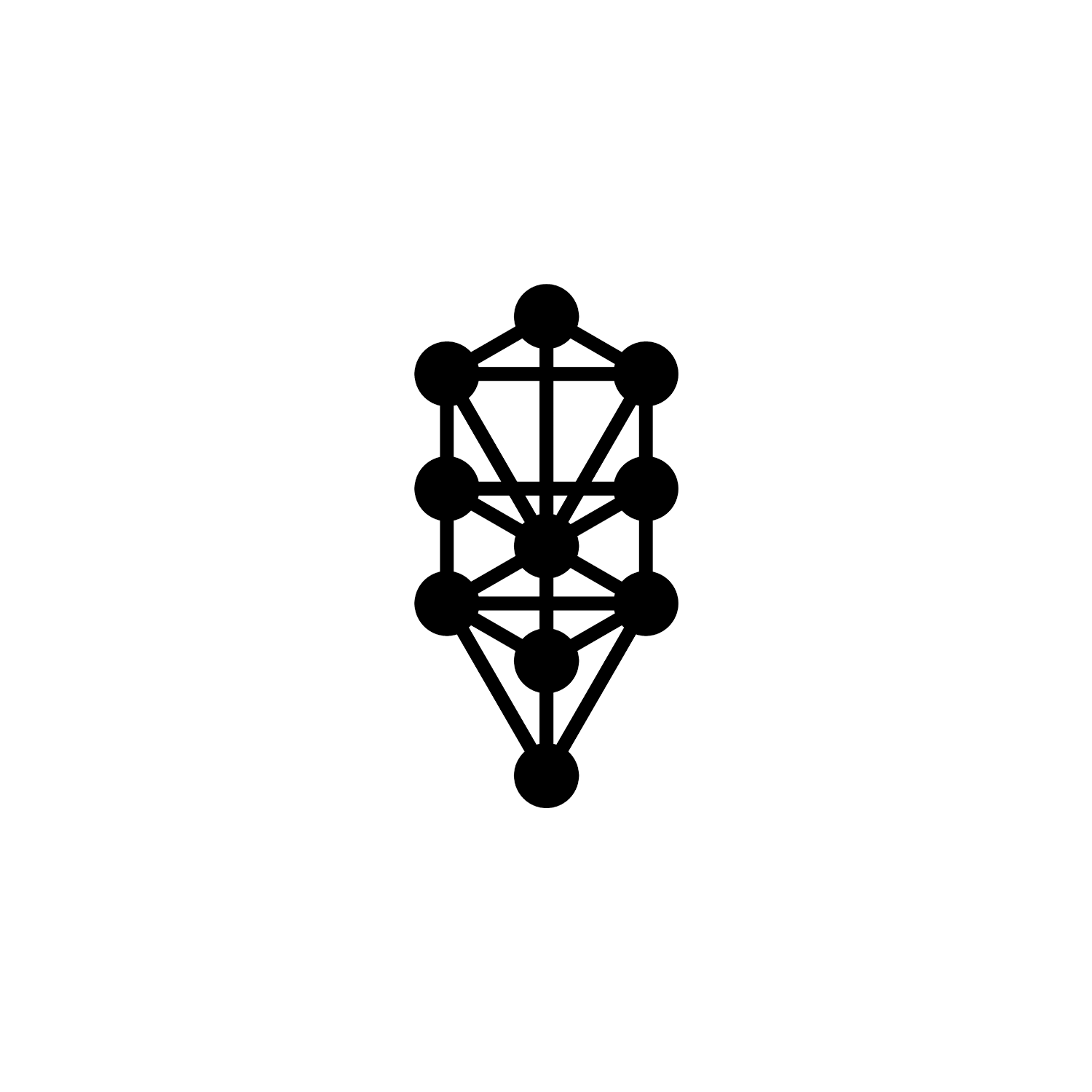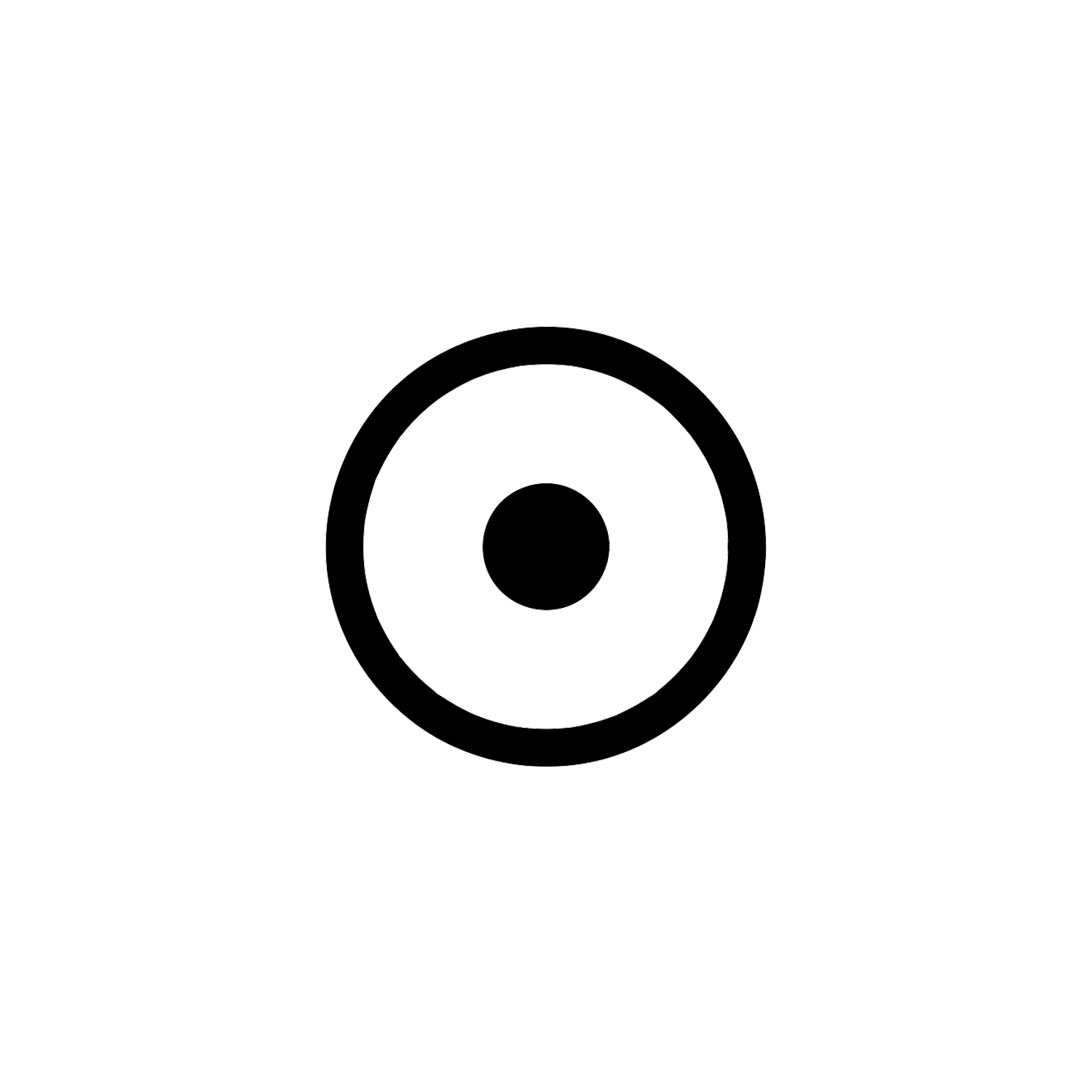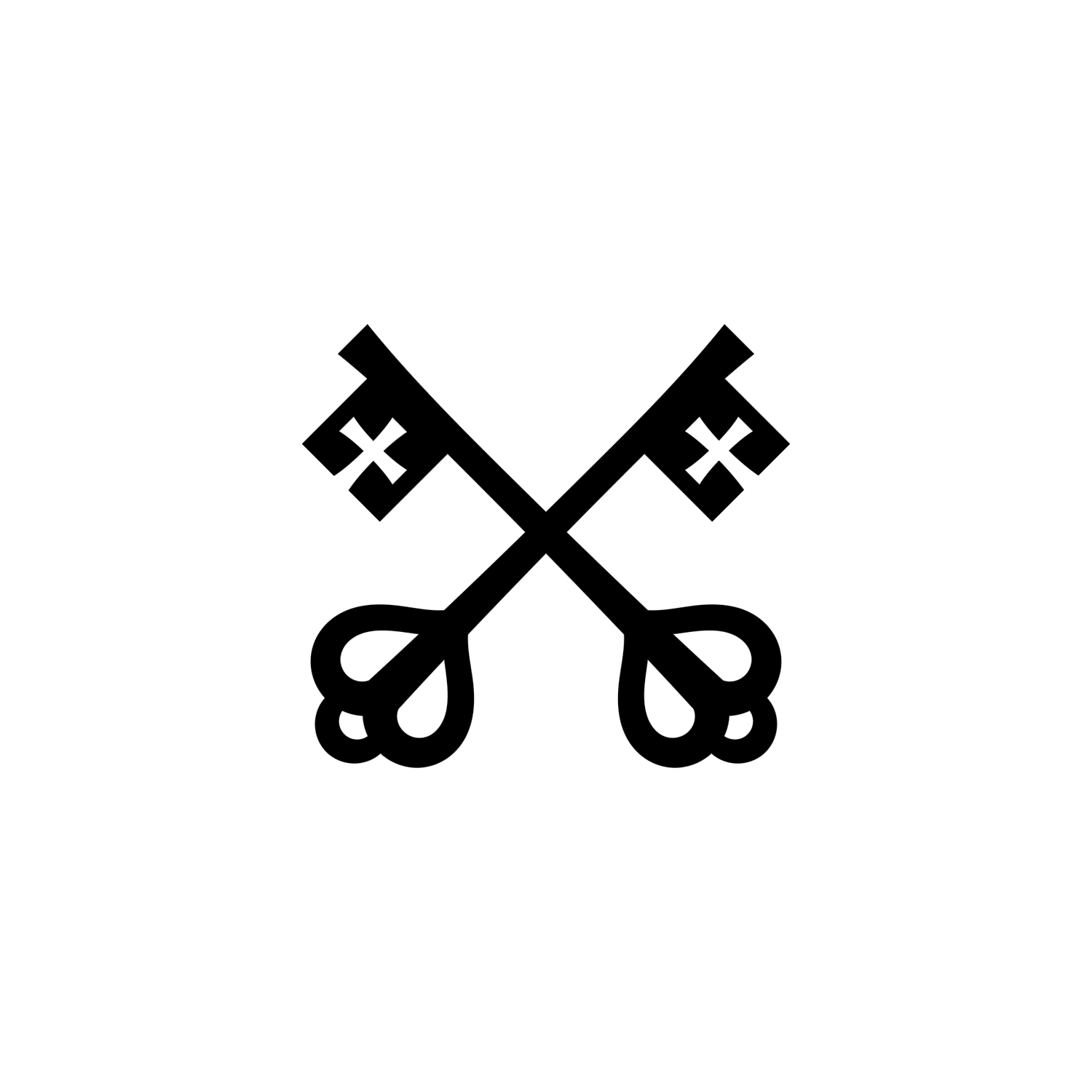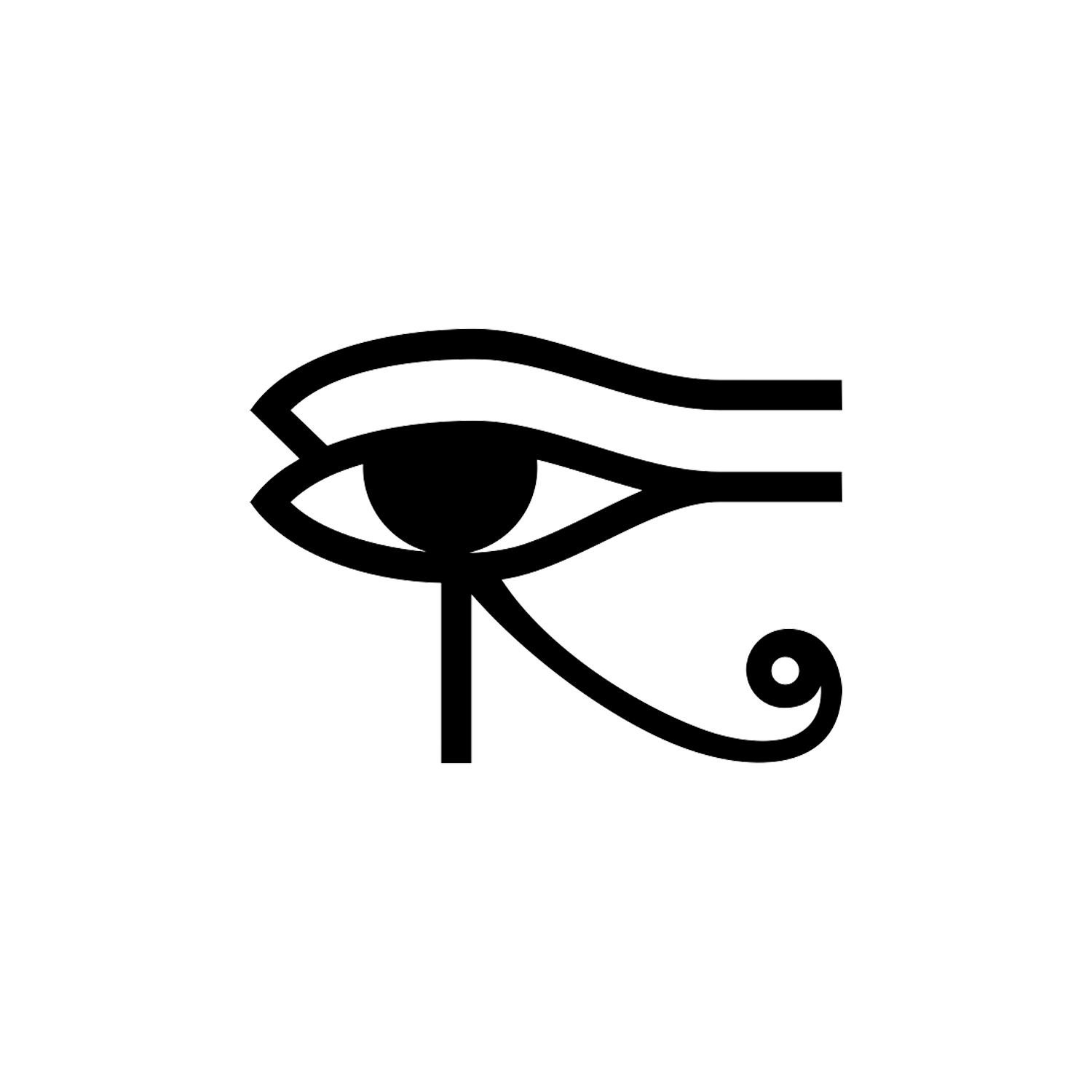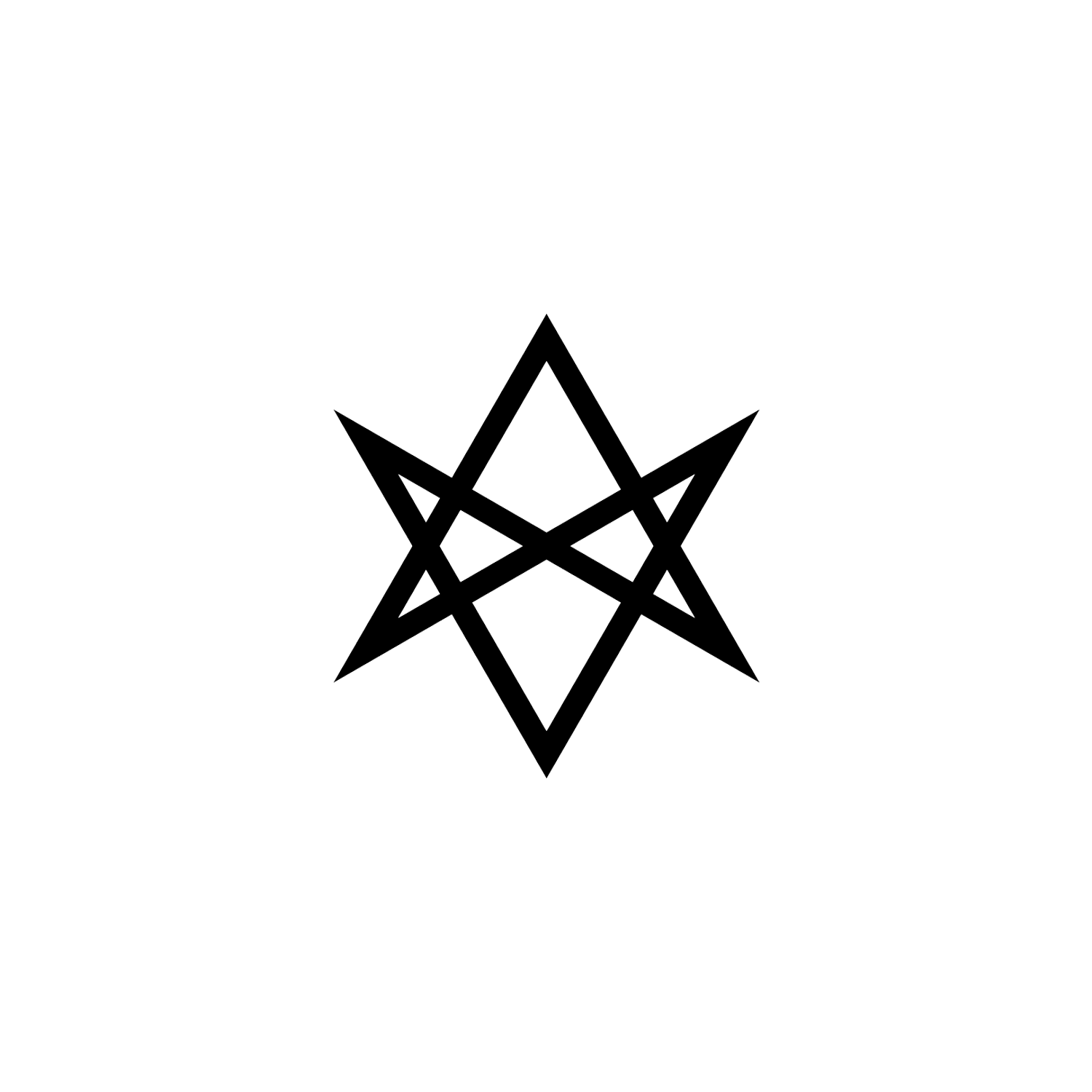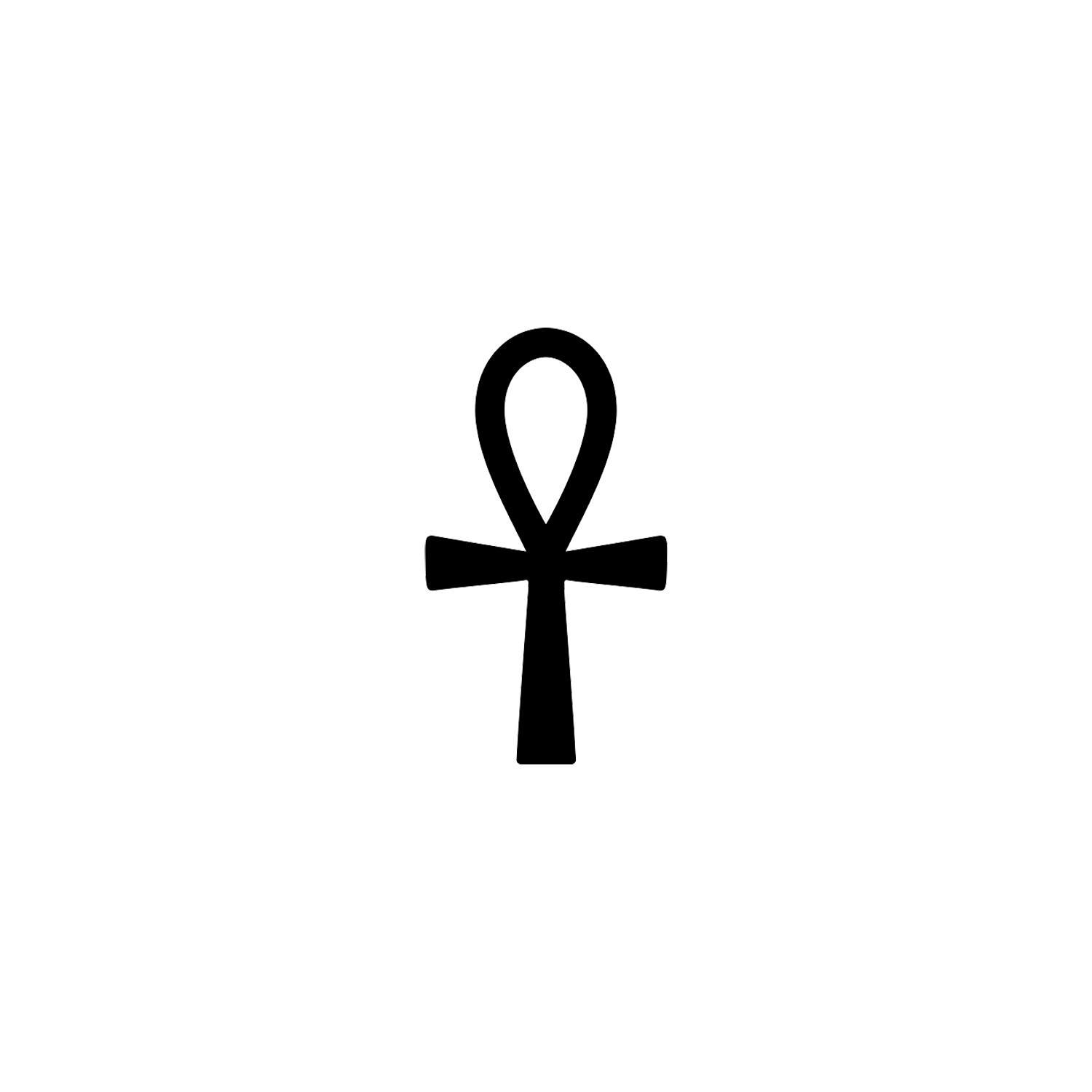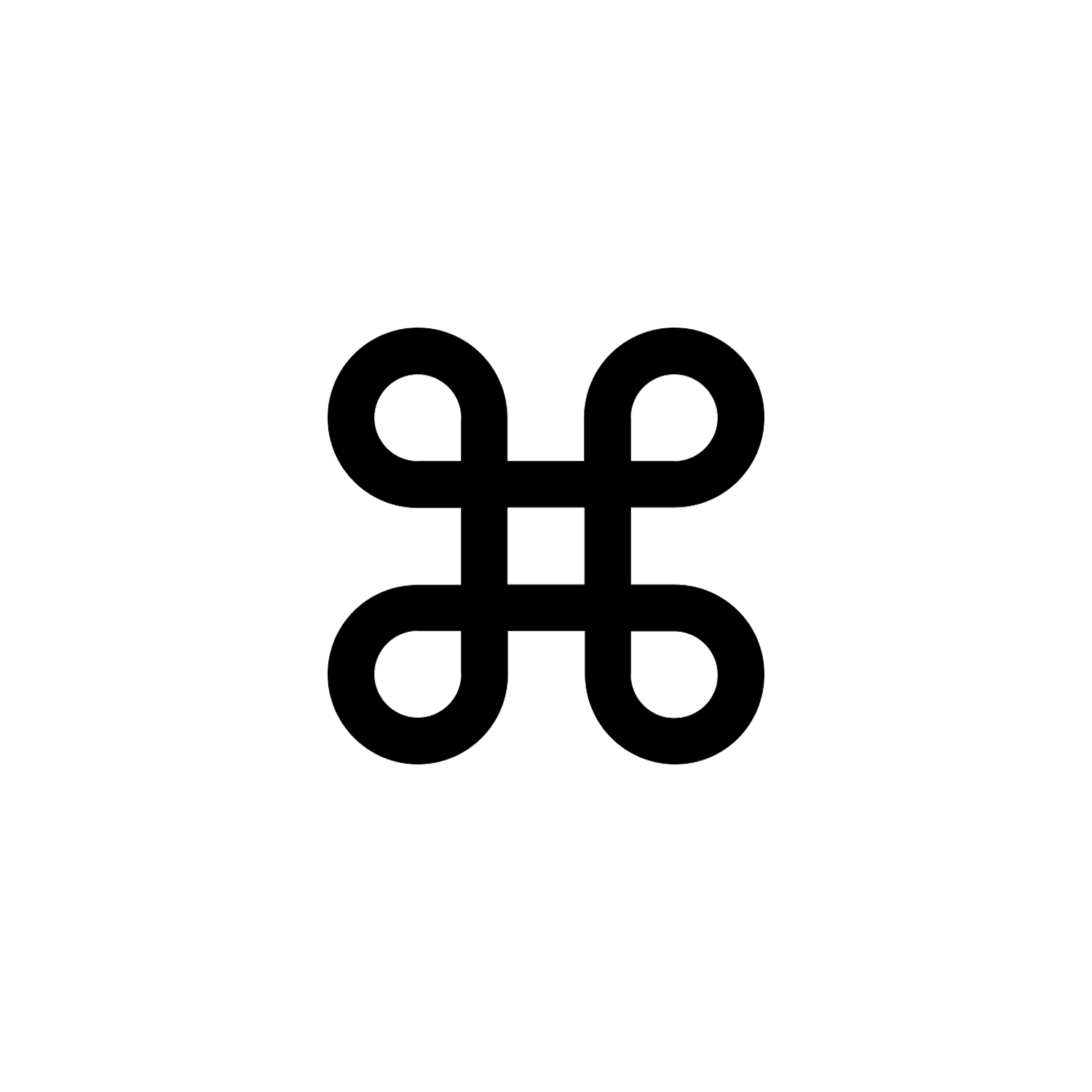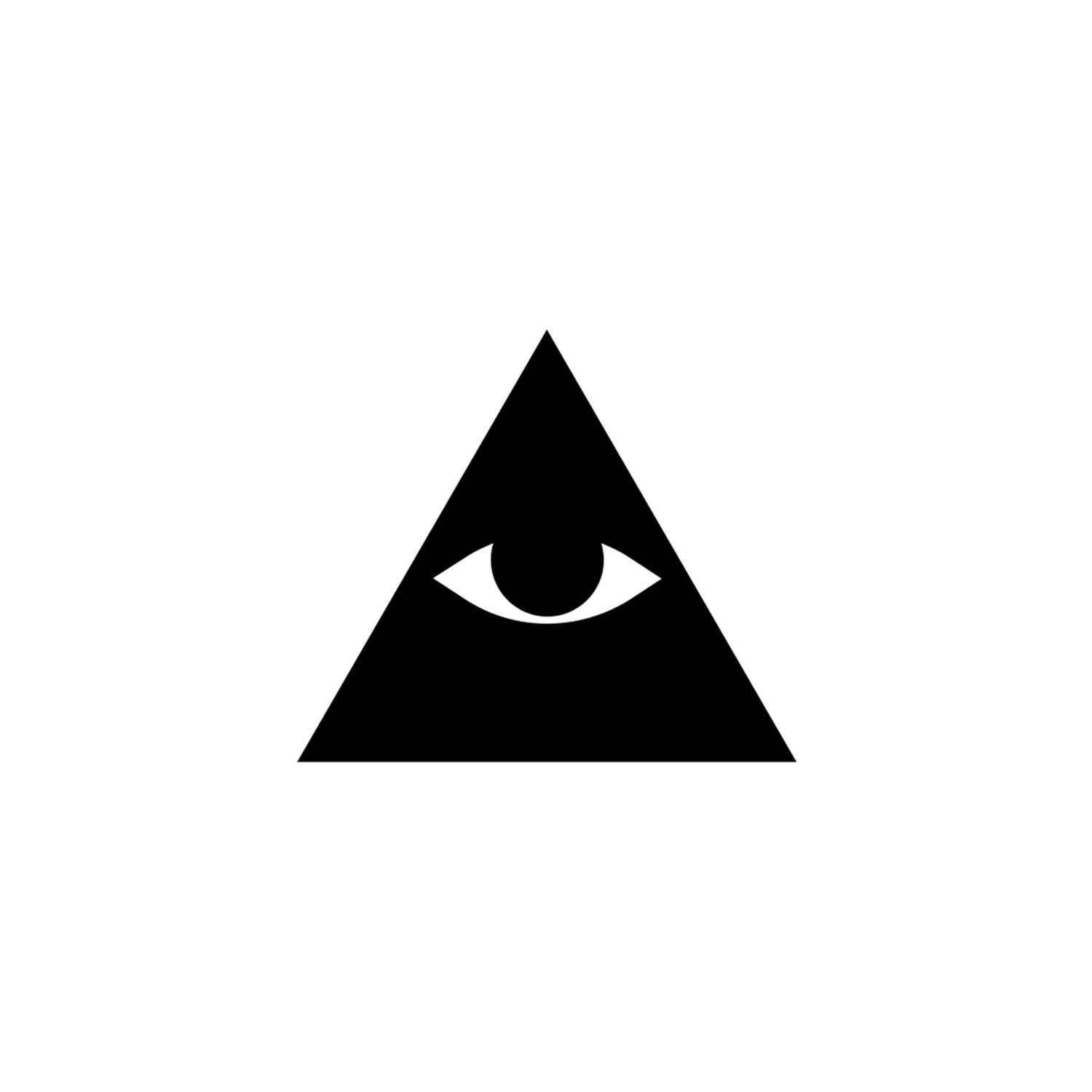Triskelion
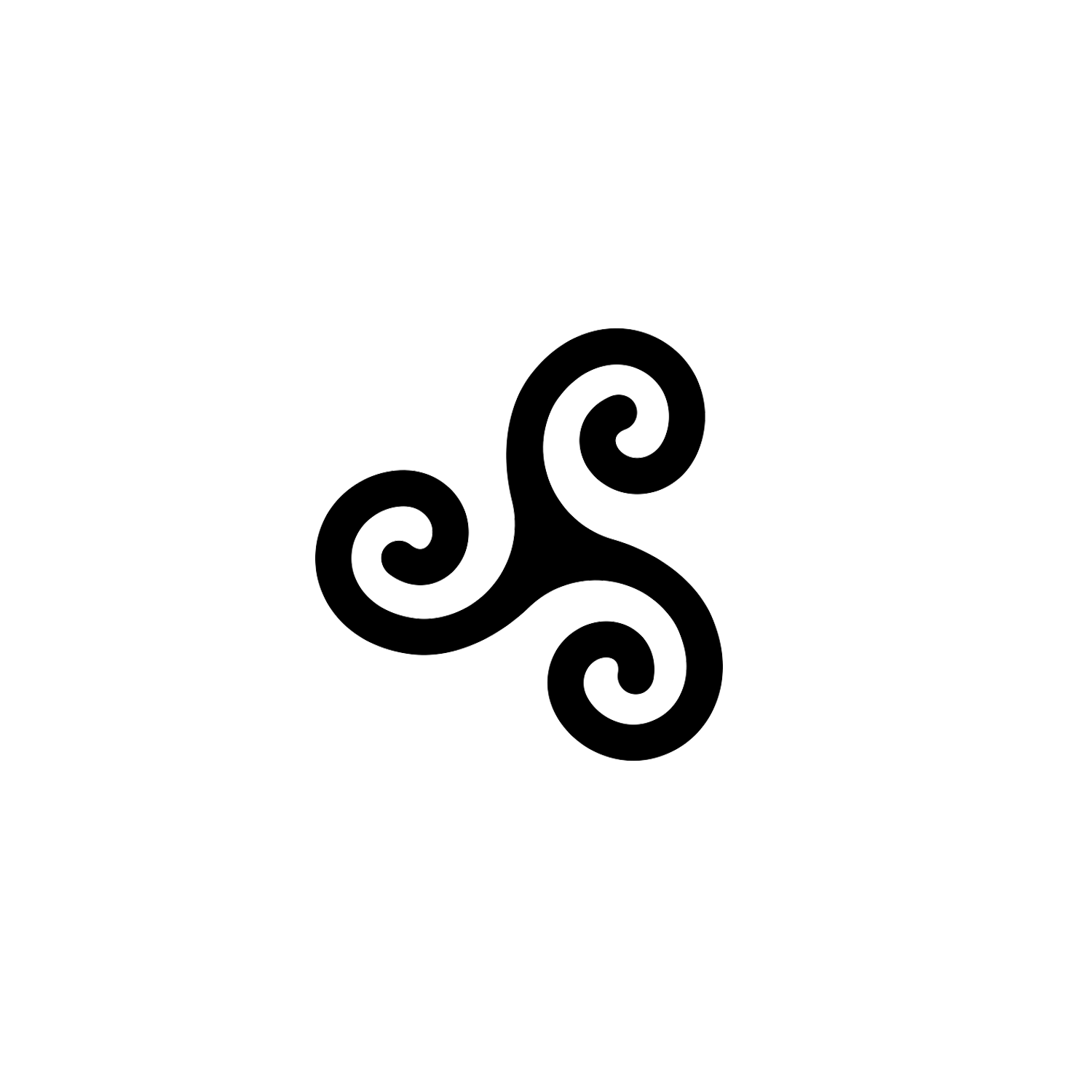

Triskelion
Also referred to as Triskeles and Celtic Spiral.
Overview
A triskelion or triskeles is an ancient motif consisting either of a triple spiral exhibiting rotational symmetry or of other patterns in triplicate that emanate from a common center. The spiral design can be based on interlocking Archimedean spirals, or represent three bent human legs.
Origin and Meaning
The triskeles symbol emerges in artifacts from the European Neolithic and Bronze Ages, extending into the Iron Age, particularly within the context of the La Tène culture and related Celtic traditions. The triskeles motif, depicting three human legs, is notably prominent in Greek antiquity, first appearing on archaic pottery and later featured on coins during the classical period.
During the Hellenistic era, the triskeles became linked with the island of Sicily, appearing on coins minted under Dionysius I of Syracuse around 382 BCE.[1] Subsequently, it found its way into heraldry and was incorporated into the arms and flags of the Isle of Man, known in Manx as “ny tree cassyn” or “the three legs”.[2]
The Greek term “τρισκελής” (triskelḗs) translates to “three-legged”, derived from “τρι-” (tri-), meaning “three times”, and “σκέλος” (skelos), meaning “leg”. While the adjective “τρισκελής” has ancient roots in Greek, its application to the symbol is modern, introduced in 1835 by Honoré Théodoric d’Albert de Luynes as the French “triskèle”, later adapted as “triskeles” following Otto Olshausen’s work in 1886. The term “triskelion”, resembling the Greek “τρισκέλιον”, gained usage in English numismatics in the late 19th century.[3] Additionally, the form featuring three human legs has been termed a “triquetra of legs”, as well as “triskelos” or “triskel”.

The triple spiral symbol, also known as the three spiral volute, is evident across various ancient cultures. It is first documented in Malta (4400–3600 BCE) and is depicted in the astronomical calendar found at the renowned megalithic tomb of Newgrange in Ireland, constructed around 3200 BCE.[4]
This symbol is also present on Mycenaean vessels. The Neolithic-era representation of three interconnected spirals likely held multiple meanings akin to those associated with the triskelion. Carved into the rock of a stone lozenge near the primary entrance of the prehistoric Newgrange monument in County Meath, Ireland, this symbol also adorns a 1st-century BC dolmen tomb in Rathkenny, County Meath.[4][5]
Moreover, a Triskele has been identified on a stone fragment discovered in Gloucestershire, currently housed in the British Museum, with origins dating from the Neolithic period to the Bronze Age.[6]
The triskelion motif was prevalent in the artistic expressions of the Iron Age Celtic La Tène culture.[7]
The triskeles, featuring three human legs, emerged later than the triple spiral and became a common motif in Greek pottery decorations, notably appearing on hoplite shields. Subsequently, it was also depicted on Greek and Anatolian coinage. An early instance can be observed on the shield of Achilles depicted in an Attic hydria from the late 6th century BCE.[8] This symbol is also found on coins in Lycia, as well as on staters of Pamphylia (at Aspendos, 370–333 BCE) and Pisidia.

While the exact meaning of the Greek triskeles is not explicitly documented, the Duc de Luynes observed its association with various symbols such as the eagle, cockerel, head of Medusa, Perseus, three crescent moons, three ears of corn, and three grains of corn. Based on this, he proposed a feminine divine triad associated with the “triple goddess” Hecate.[9][10]
The symbol could potentially symbolize a sequence of cycles, each comprising three stages or events, mirroring the three phases of human existence: Birth (the inception), Life itself (the journey) and Death (the conclusion).[11]
However, at times, a much profound spiritual significance was attributed to the Triskelion, viewing it as representing: The Heavens (the spiritual realm above), The Earth (the mundane existence of the soul) and Damnation (the dark demonic underworld far below).[12]
The Triskelion symbol underscored the equal importance of all these realms, emphasizing the need for them to be equally respected. Another significant interpretation of the Triskelion’s meaning is that it embodies the elements of earth, water, and sky.

The triskeles was adopted as an emblem by the rulers of Syracuse, possibly due to the Greek name of the island of Sicily, Τρινακρία (“Trinacria”), meaning ‘having three headlands’. The Sicilian triskeles typically features the head of Medusa at its center. This ancient symbol has been reintroduced in modern flags of Sicily since 1848.
The oldest known instance of a triskeles in Sicily is a vase dating back to the late 7th century BCE, leading researchers to speculate about a Minoan-Mycenaean origin, although no definitive evidence has been presented to support this hypothesis.[13]
In Iron Age Europe, late instances of the triple spiral symbols can be discovered, such as those carved into rocks within the settlements of the Castro Culture in Galicia, Asturias, and Northern Portugal. In pre-5th century Ireland, within the realm of Celtic Christianity, the symbol underwent a transformation in meaning, coming to represent the Trinity—Father, Son, and Holy Spirit.

The triple spiral motif appears as a decorative feature in Gothic architecture. The triskeles, representing three legs, is seldom encountered as a charge in late medieval heraldry. Notably, it is depicted in the arms of the King of Mann (Armorial Wijnbergen, circa 1280) and as canting arms in the city seal of the Bavarian city of Füssen (dated 1317).


Freemasonry and Occult
The Triskelion is linked by some to Freemasonry as an allegory used by Masons to the latin phrase “QUO CUNQUE JECERIS STABIT” which means “Whichever way you throw, it will stand.”
The symbol serves as the emblem for the Isle of Man, a small island situated near Scotland, officially established in 1866. The Freemasons’ inaugural lodge convened under the auspices of the United Grand Lodge of England was ‘The Athole Lodge’ in 1864, previously identified as the ‘Royal Isle of Man Lodge’, which historically functioned under both Irish and Scottish constitutions. However, the origins of Freemasonry on the Isle of Man can be dated back to 1765, although scant documentation remains, with lodges documented in Douglas, Castletown, and Peel.
The Triskelion bears resemblance to Buer, a spirit that appears in the 16th-century grimoire Pseudomonarchia Daemonum and its derivatives, where he is described as a Great President of Hell, having fifty legions of demons under his command. Like Chiron, the chief centaur of Greek mythology, he teaches natural and moral philosophy, logic, and the qualities and uses of all herbs and plants, and is also capable of healing all infirmities (especially of humans) and bestows good familiars.[14]
Louis Le Breton created an illustration of Buer, later engraved by M. Jarrault, depicting the demon as having the head of a lion and five, six or more goat or horse legs surrounding his body to walk in every direction.

Modern Usage
In Ireland, the triskelion is exhibited in hospitals and care centers as a symbol indicating that a patient is in the process of dying or has passed away. This practice draws from the historical utilization of the triskele in Celtic Ireland and serves as a non-religious alternative to traditional imagery. Within this framework, the three spirals symbolize the continuum of birth, life, and death.[11]
The spiral holds significance for certain polytheistic reconstructionist or neopagan factions. In the realm of “Celtic symbolism,” it finds primary usage among communities with a Celtic cultural focus. Additionally, it is sporadically employed by diverse eclectic or syncretic traditions like Neopaganism. Within Celtic Reconstructionist Paganism, the spiral triskele stands as a key emblem, embodying various triplicities within cosmology and theology. Its popularity is also attributed to its connection with the deity Manannán mac Lir.[15]
A specific version of the triskele comprising three sevens has been adopted by neo-nazis and was also used during World War II as the emblem of the 27th SS Volunteer Division Langemarck.[16]
Curiously the boric acid molecule is triskelion-shaped.
Conclusion
A geometric symbol most commonly associated with Celtic tradition, the Triskelion or Triskeles has a history across cultures and fields.
It is related to the Triquetra.
Present on the flags of Sicily and Isle of Man, seen in modern movies and music artwork, you now know the context and meanings of this symbol.
[1] Arthur Bernard Cook, Zeus: a study in ancient religion, Volume 3, Part 2 (1940), p. 1074.
[2] Officially adopted in 1932, the flag of the Isle of Man derives from the arms of the King of Mann recorded in the 13th century.
[3] Classical Greek does not have *τρισκέλιον, but the form τρισκελίδιον 'small tripod' is attested as the diminutive of τρισκελίς 'three-pronged'. The form τρισκέλιον does exist in Katharevousa, however, as the term for a small three-legged chair or table (and also of the "Rule of Three" in elementary arithmetic or generally of an analogy). Adamantios Korais, Atakta (Modern Greek Dictionary), vol. 5 (1835), p. 54.
[4] "Newgrange Ireland - Megalithic Passage Tomb - World Heritage Site". Knowth.com. 2007-12-21.
[5] Raftery, Joseph (1939). "Early Iron Age Decoration on the Dolmen at Rathkenny, Co. Meath". Journal of the County Louth Archaeological Society. 9 (3): 258–261. doi:10.2307/27728510. JSTOR 27728510.
[6] "artefact | British Museum". The British Museum.
[7] Harding, D.W. (2007). The Archaeology of Celtic Art. Taylor & Francis. p. 15.
[8] Boston Museum of Fine Arts, illustrated in John Boardman, Jasper Griffin and Oswyn Murray, Greece and the Hellenistic World (Oxford History of the Classical World) vol. I (1988), p. 50.
[9] Honore-Theodoric-Paul-Joseph d'Albert de Luynes, Etudes numismatiques sur quelques types relatifs au culte d'Hecate (1835), 83f.
[10] "Study : Other Religious Symbols in Islamic Art and Architecture Part 3 : The Triskelion". Stars in Symmetry.
[11] Foundation, Hospice (2023-09-13). "End of Life Care Resources". Irish Hospice Foundation.
[12] Bonewits, Isaac (2006) Bonewits's Essential Guide to Druidism. New York, Kensington Publishing Group ISBN 0-8065-2710-2. p. 132: [Among Celtic Reconstructionists] "...An Thríbhís Mhòr (the great triple spiral) came into common use to refer to the three realms." Also p. 134: [On CRs] "Using Celtic symbols such as triskeles and spirals"
[13] Gallo, Giuseppe. "Trinacria: meaning and history of the Sicilian Triskele".
[14] "Johann Weyer, Pseudomonarchia Daemonum". www.esotericarchives.com.
[15] Bonewits, Isaac (2006) Bonewits's Essential Guide to Druidism. New York, Kensington Publishing Group ISBN 0-8065-2710-2. p. 132: [Among Celtic Reconstructionists] "...An Thríbhís Mhòr (the great triple spiral) came into common use to refer to the three realms." Also p. 134: [On CRs] "Using Celtic symbols such as triskeles and spirals"
[16] Right-wing extremism: Symbols, signs and banned organisations (PDF). Federal Office for the Protection of the Constitution. p. 83.
[17] Greenwood, Norman N.; Earnshaw, Alan (1997). Chemistry of the Elements (2nd ed.). Butterworth-Heinemann. p. 1291. ISBN 978-0-08-037941-8.
Latest Symbols
Monthly Digest
A summary of symbols for the month in a quick read format straight to your inbox.

